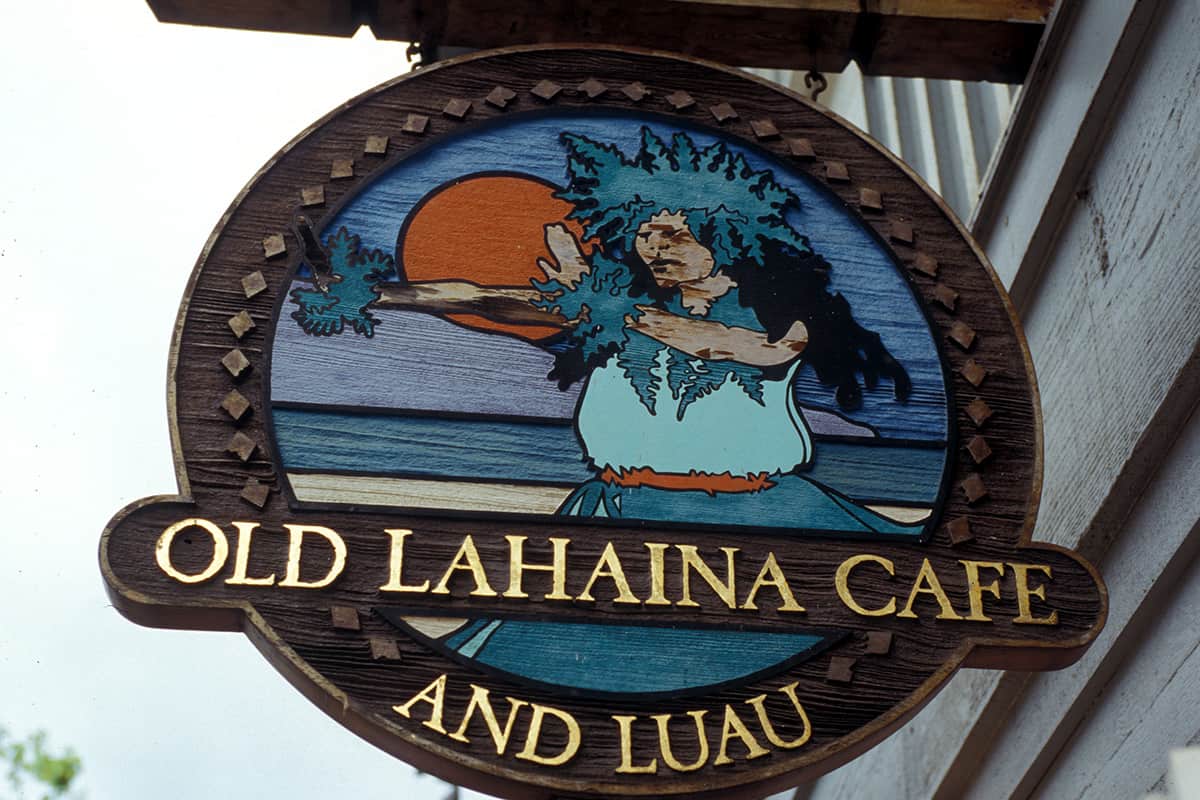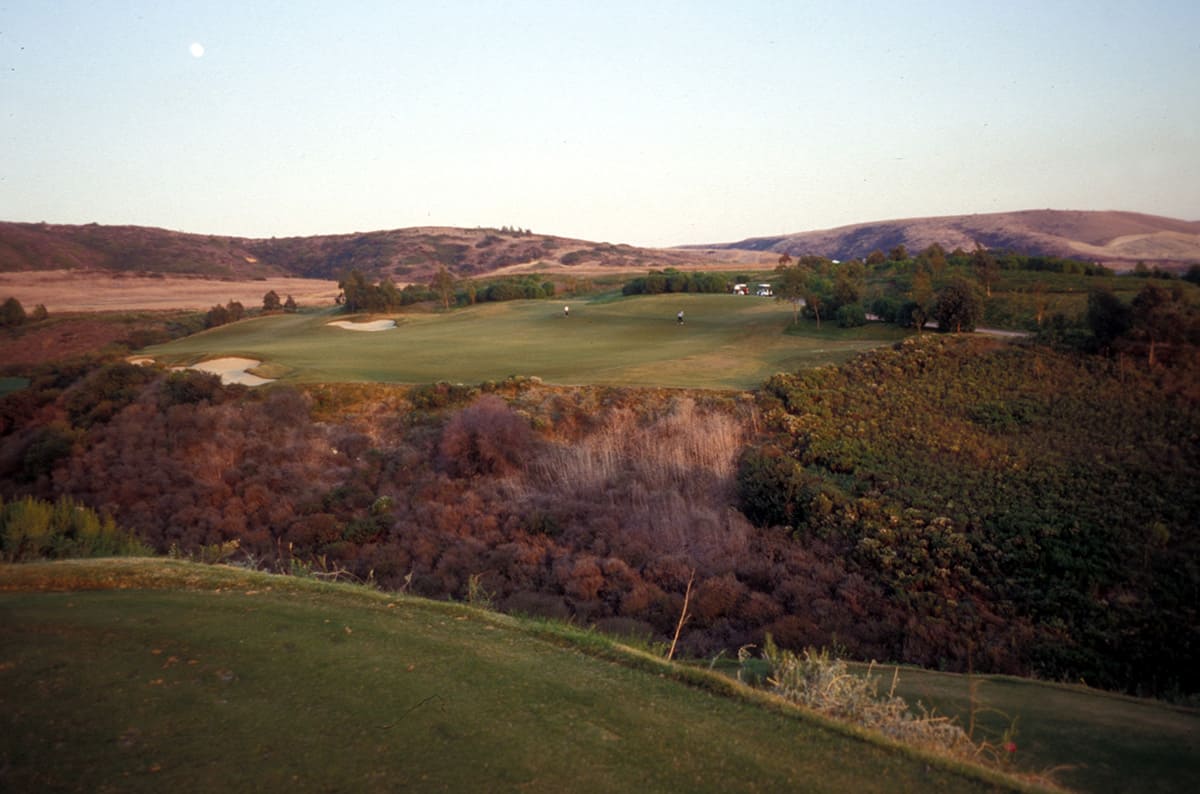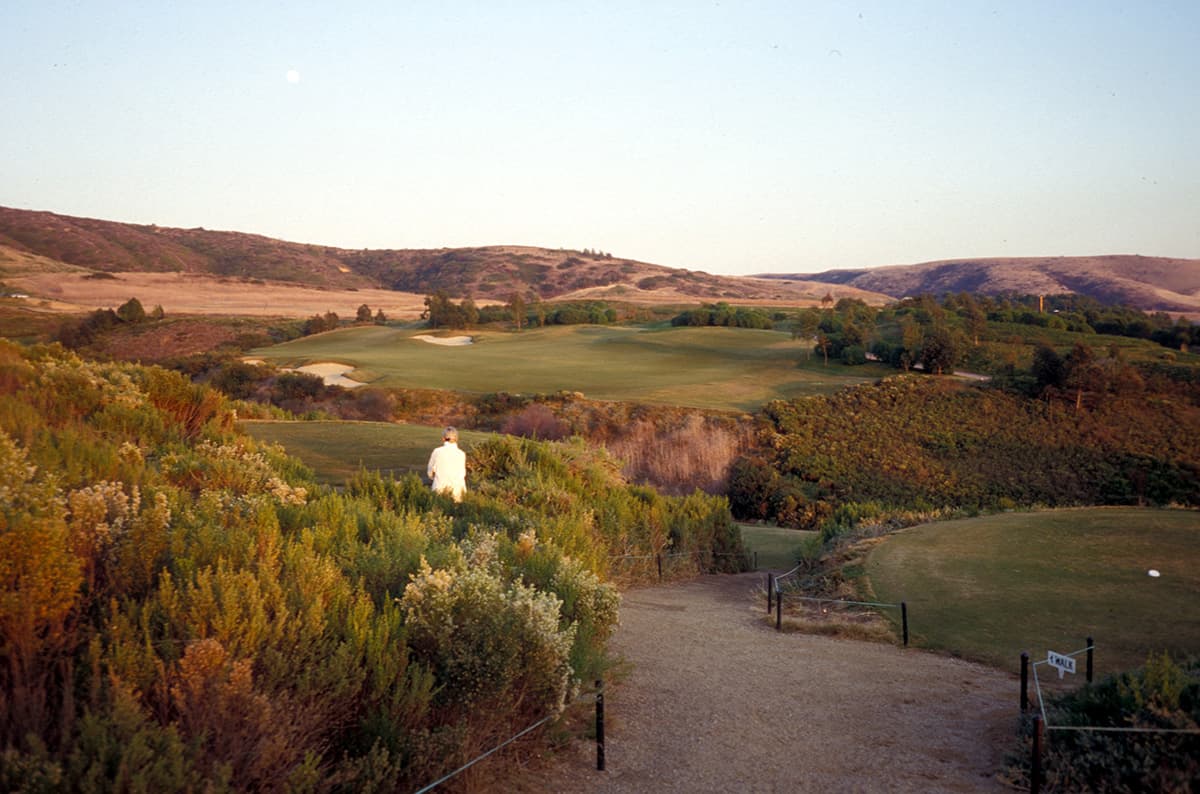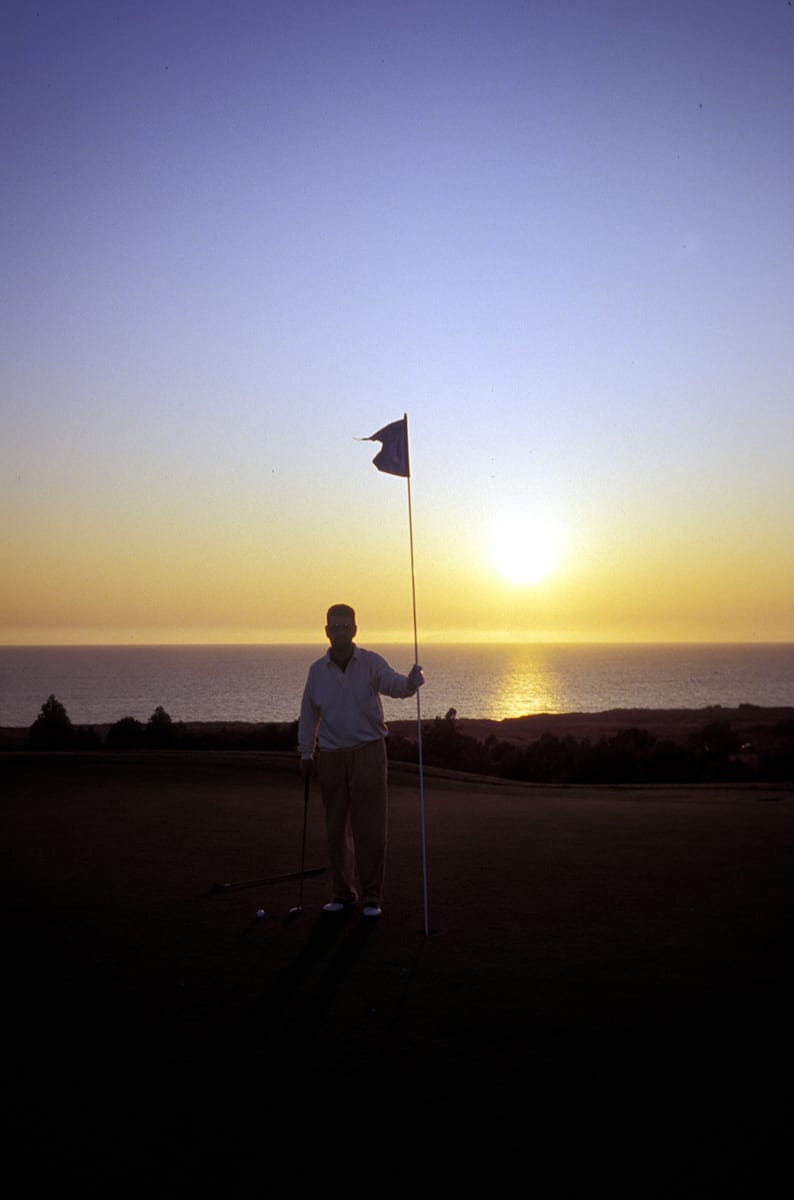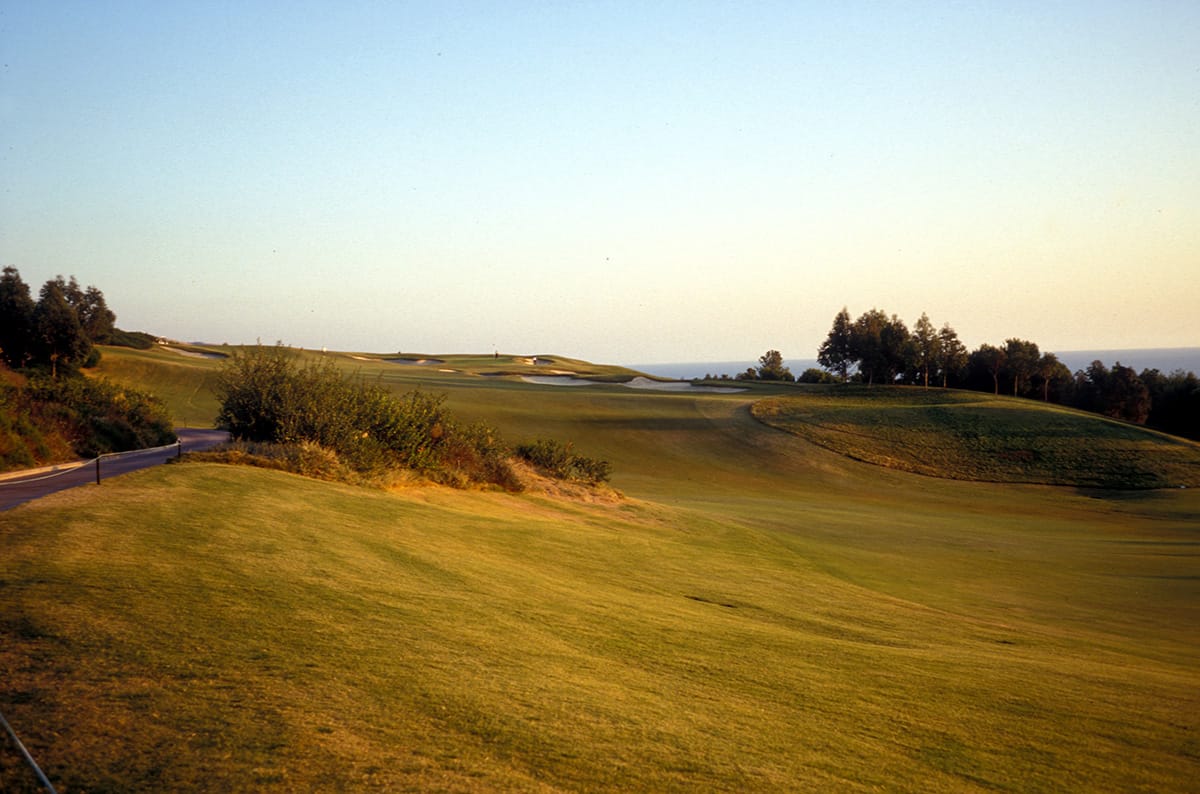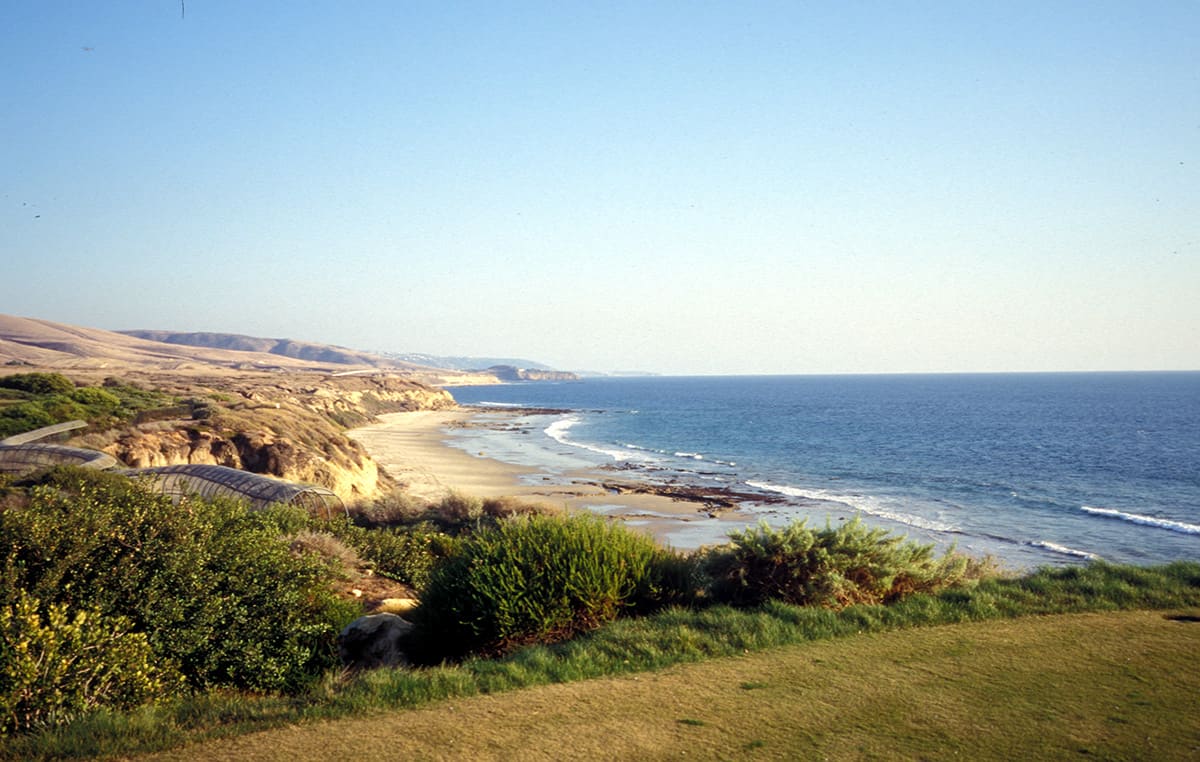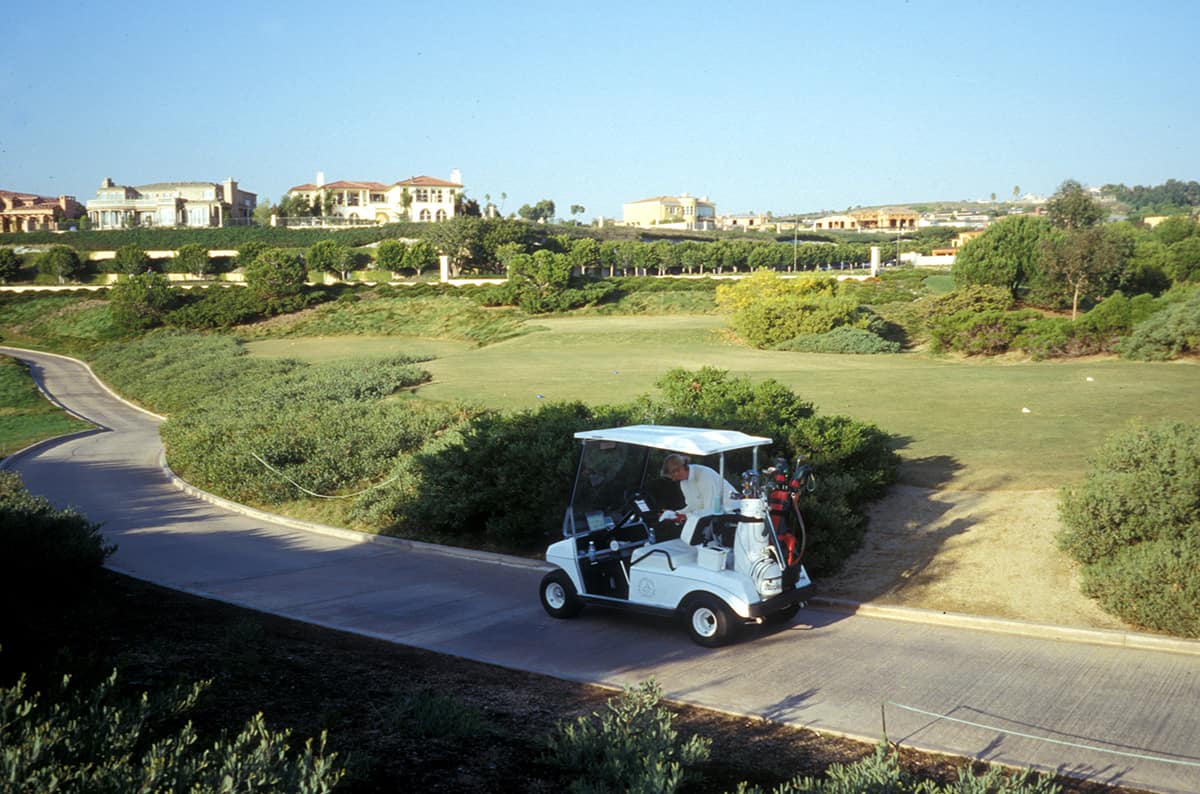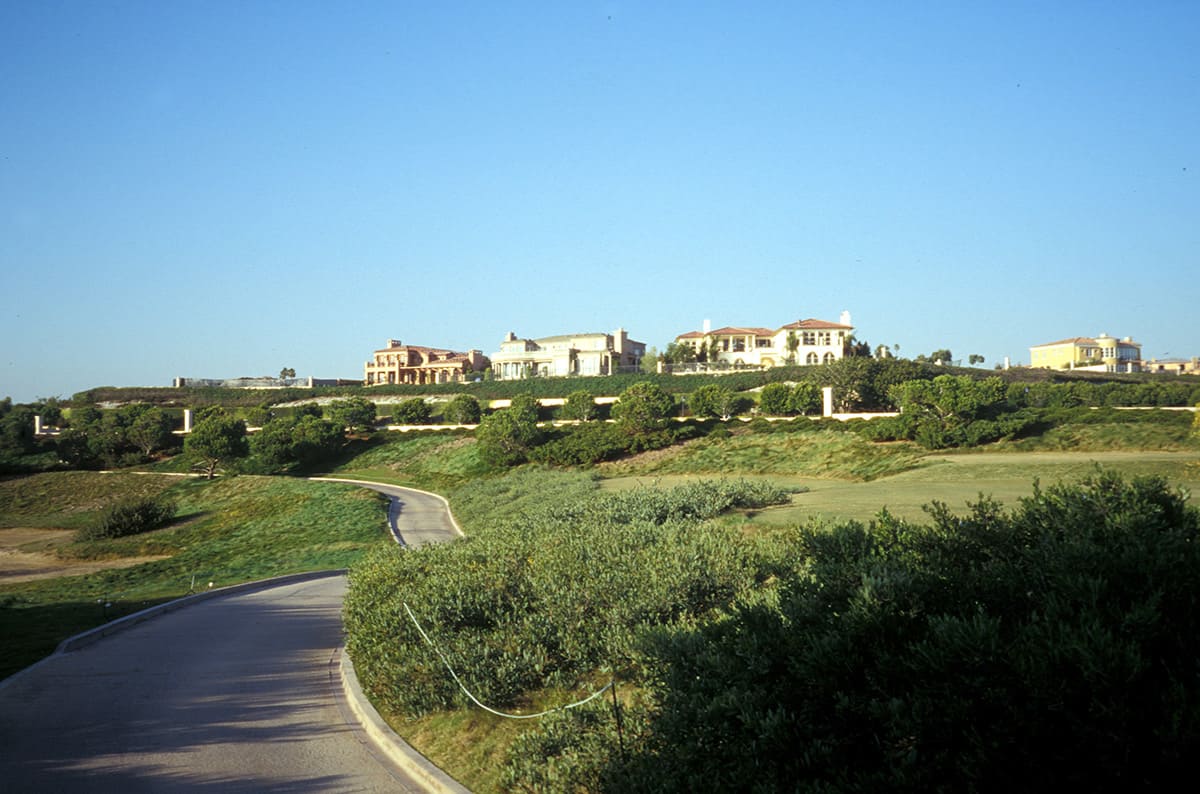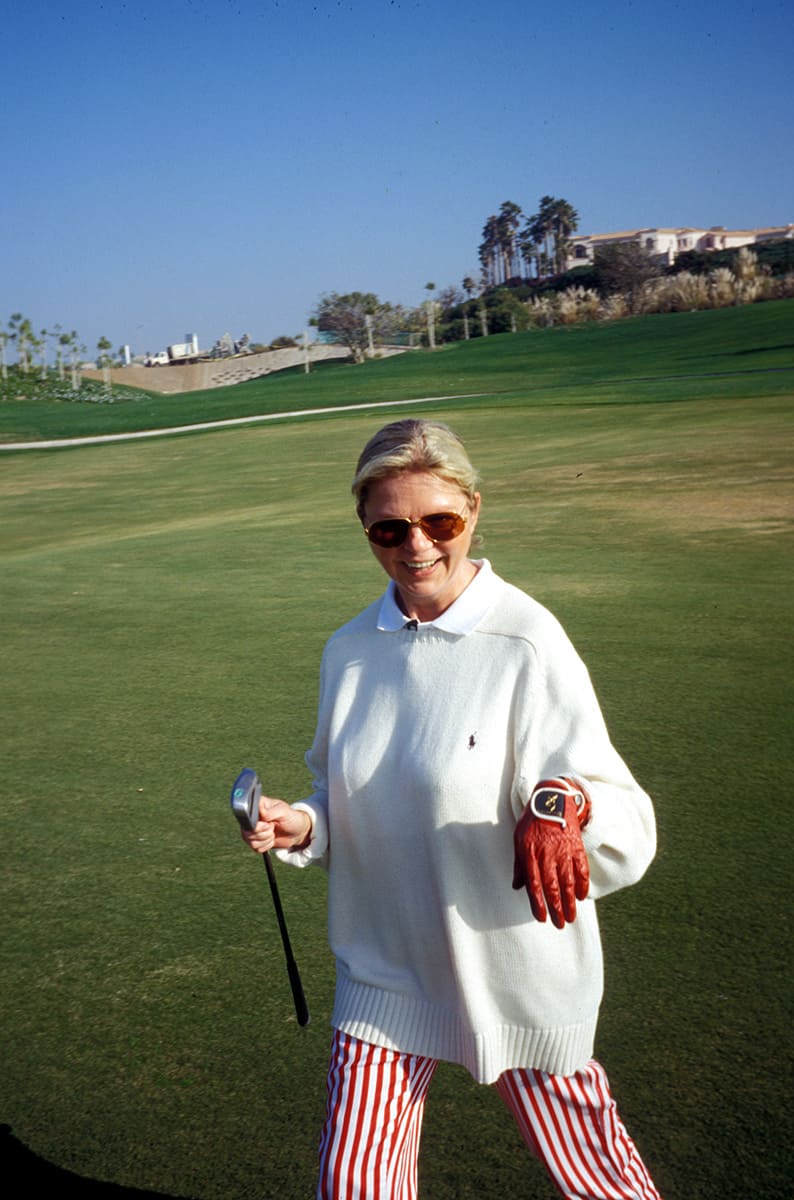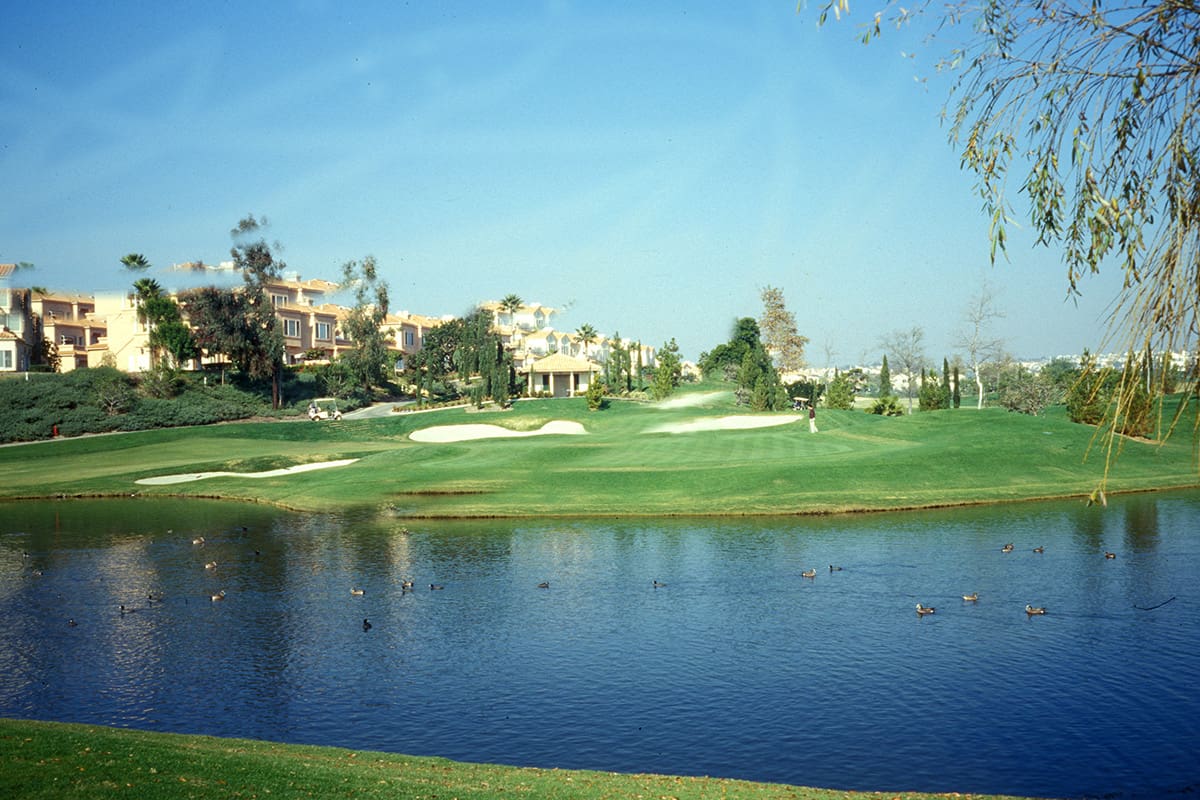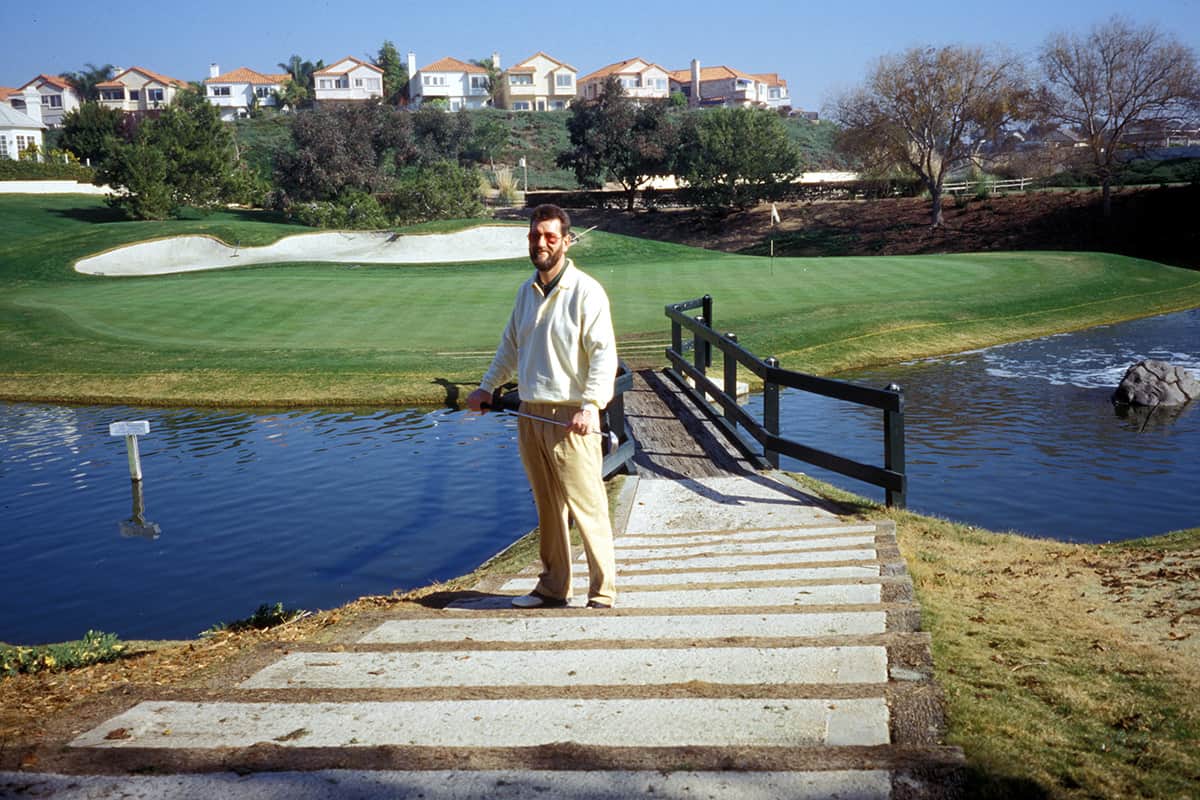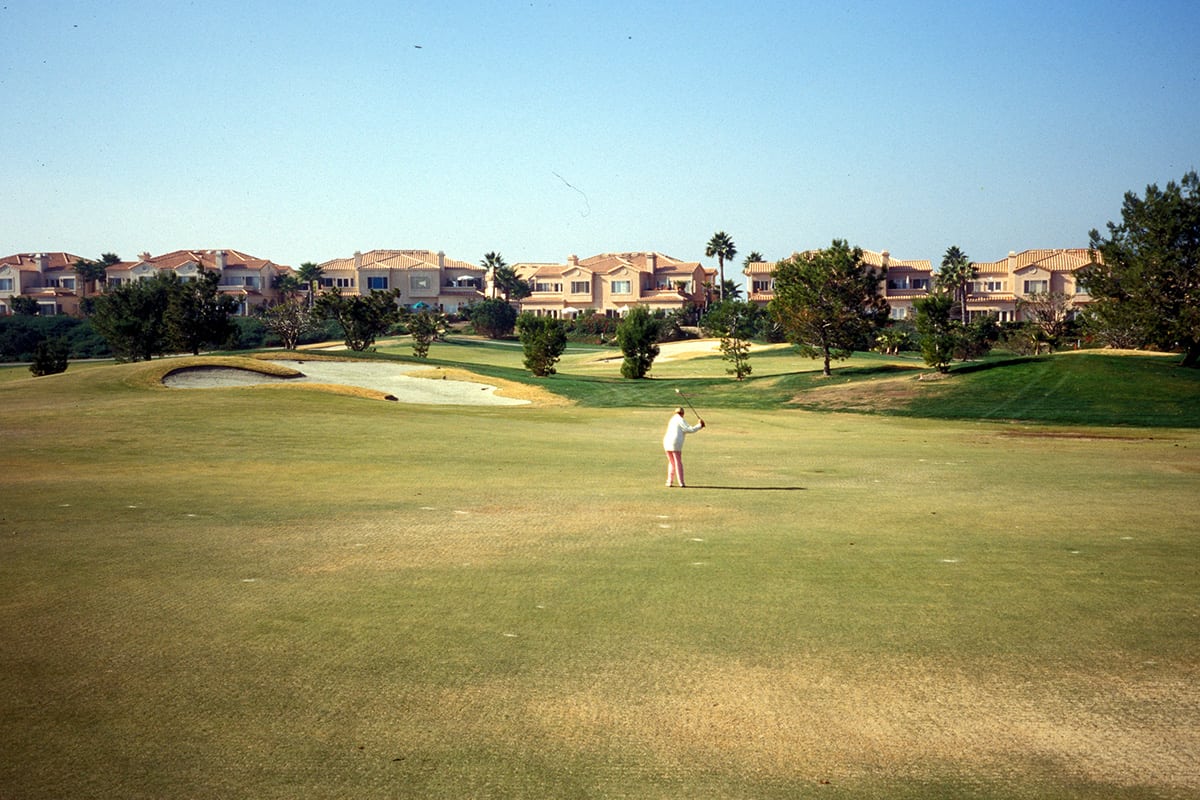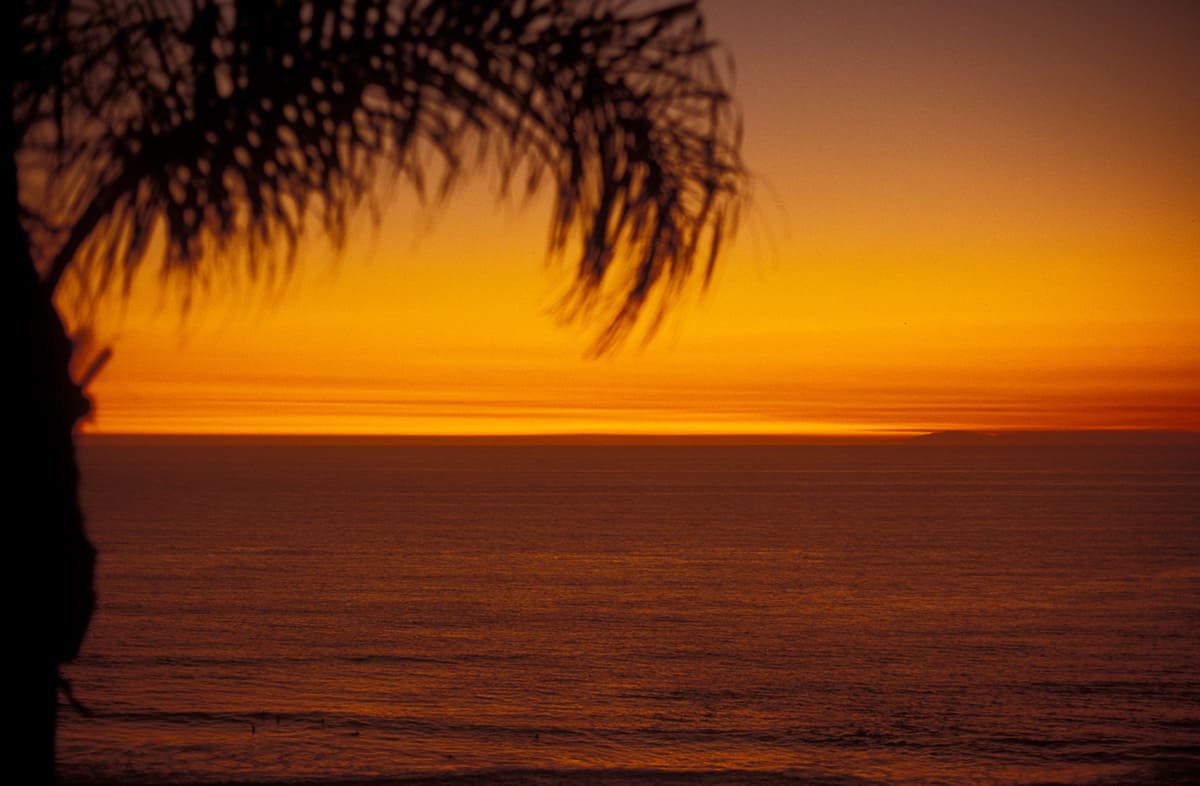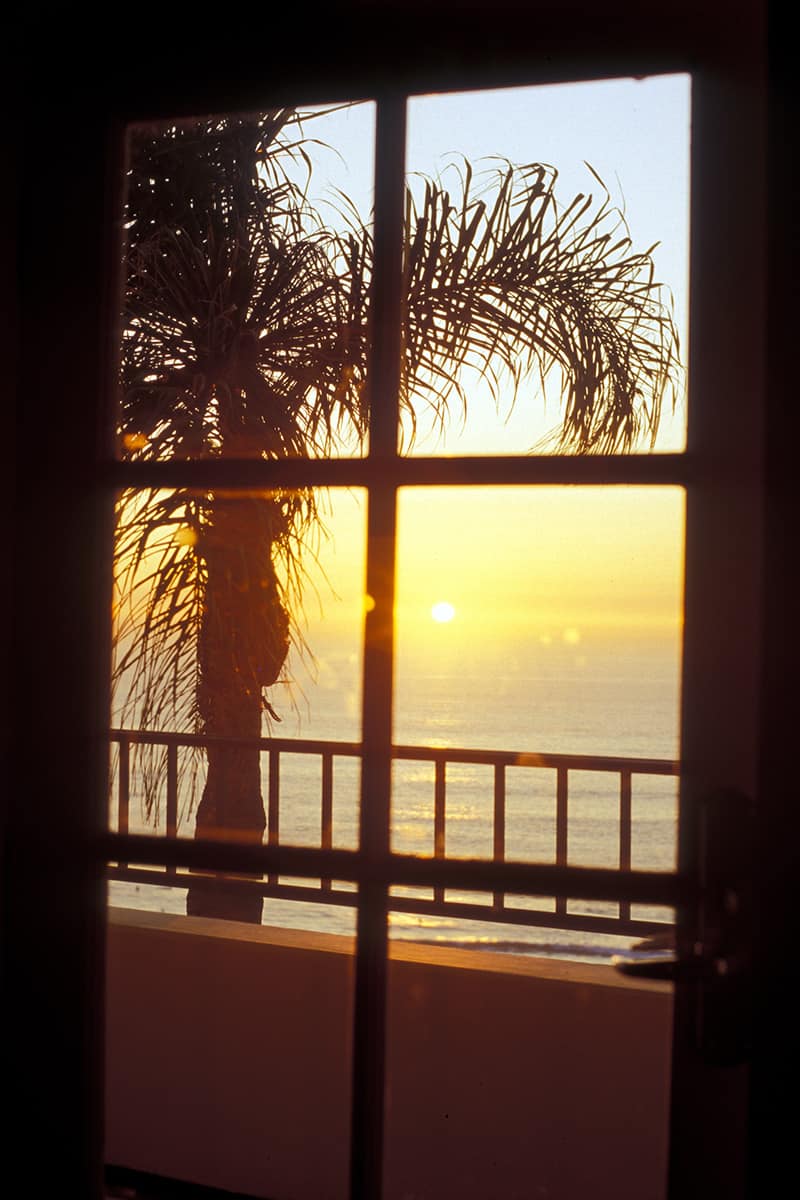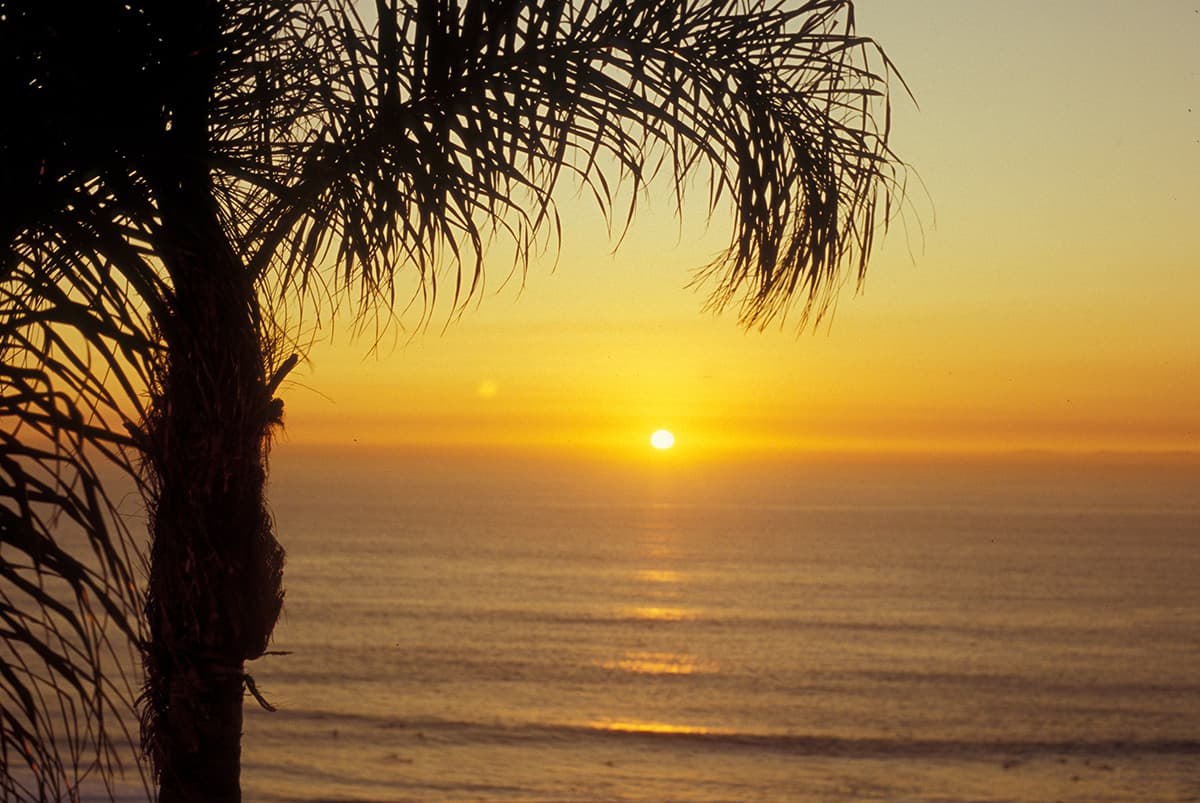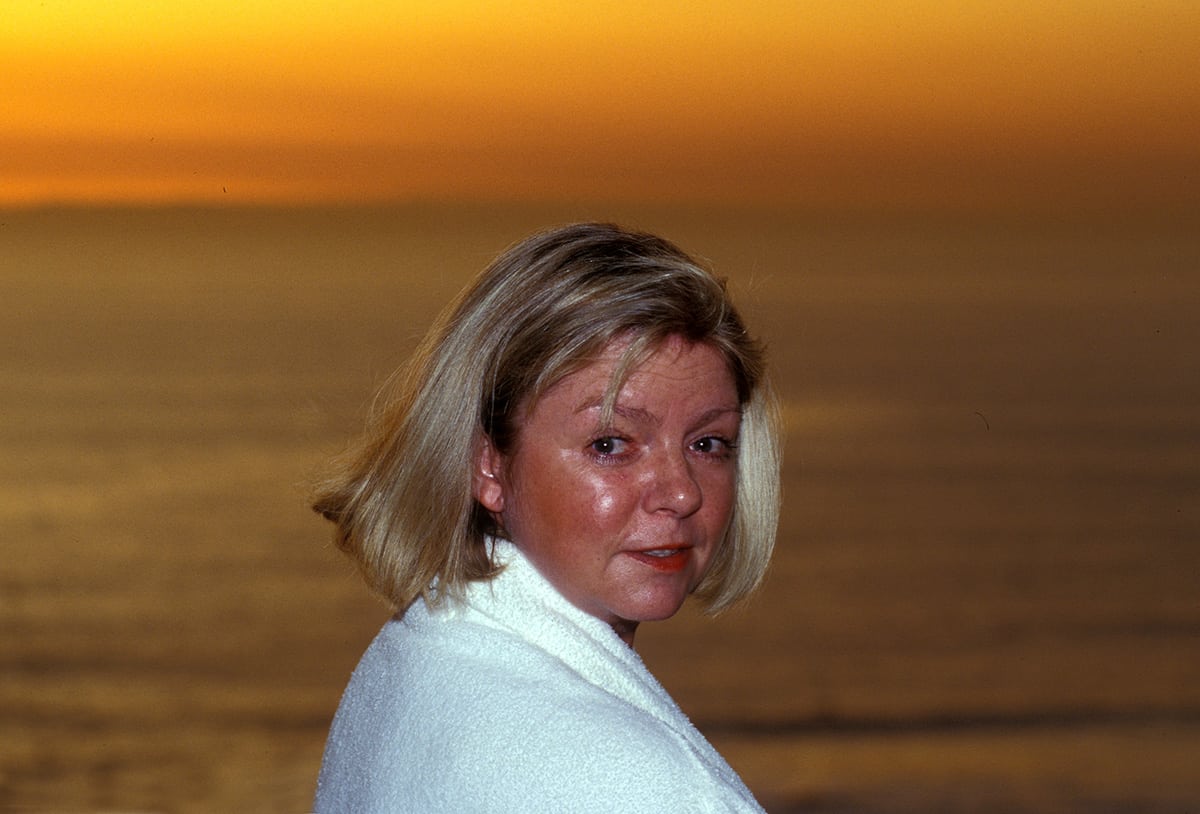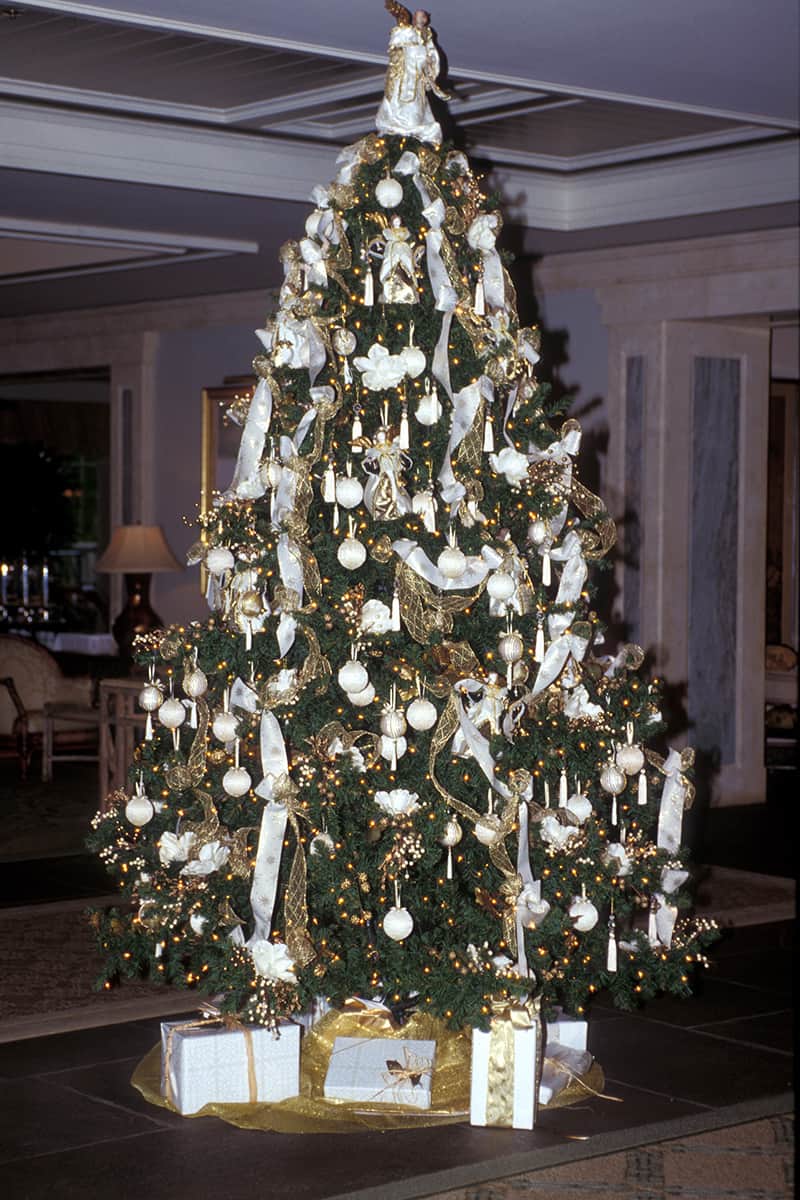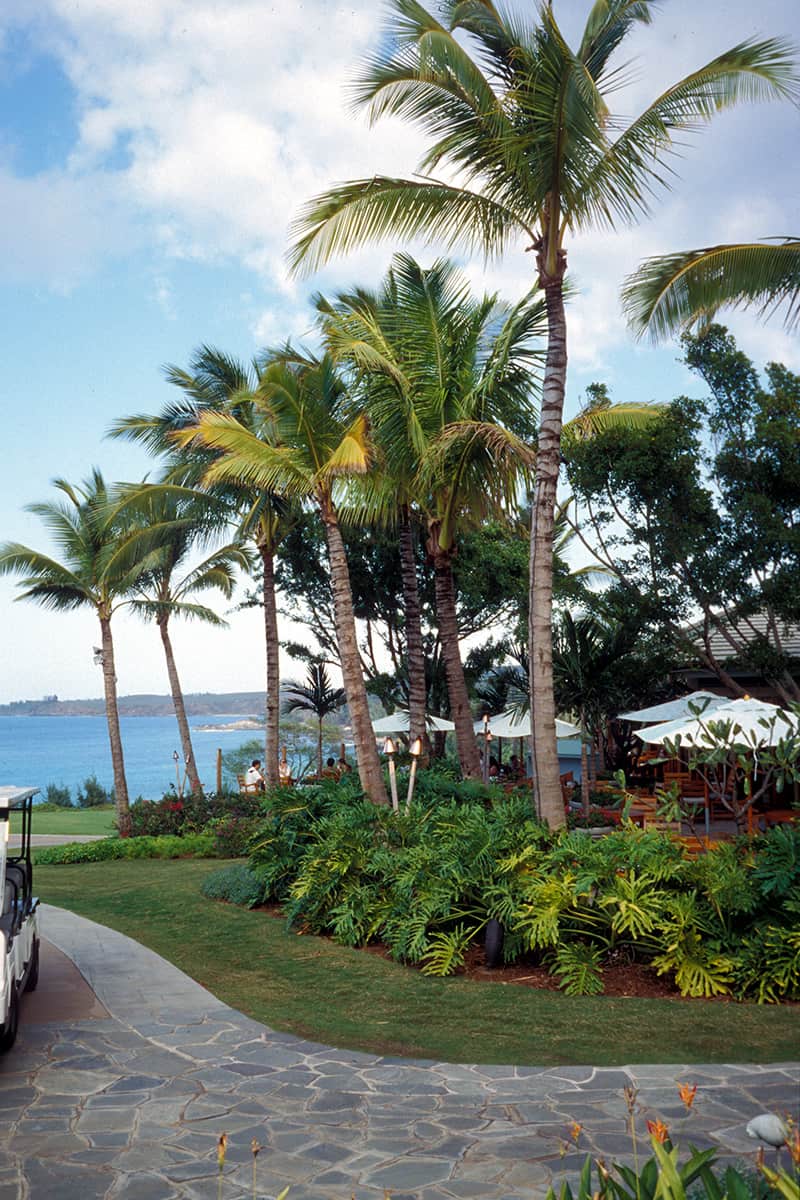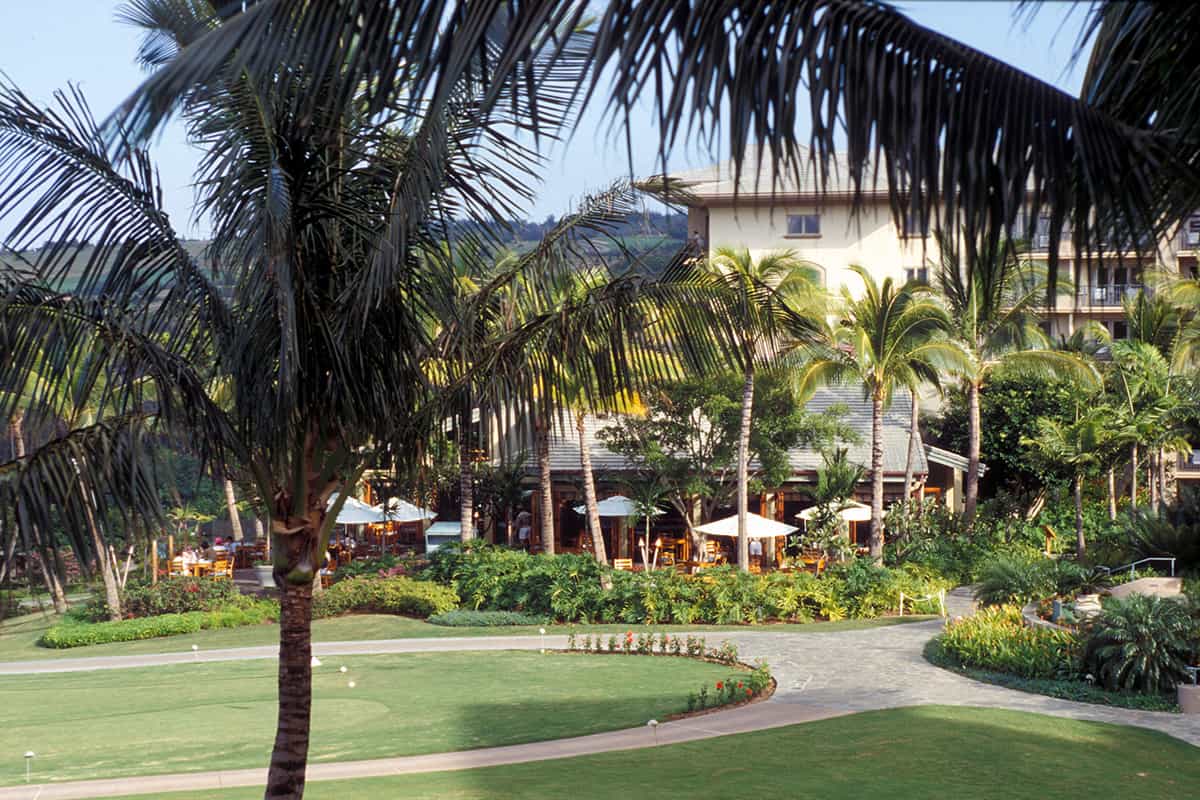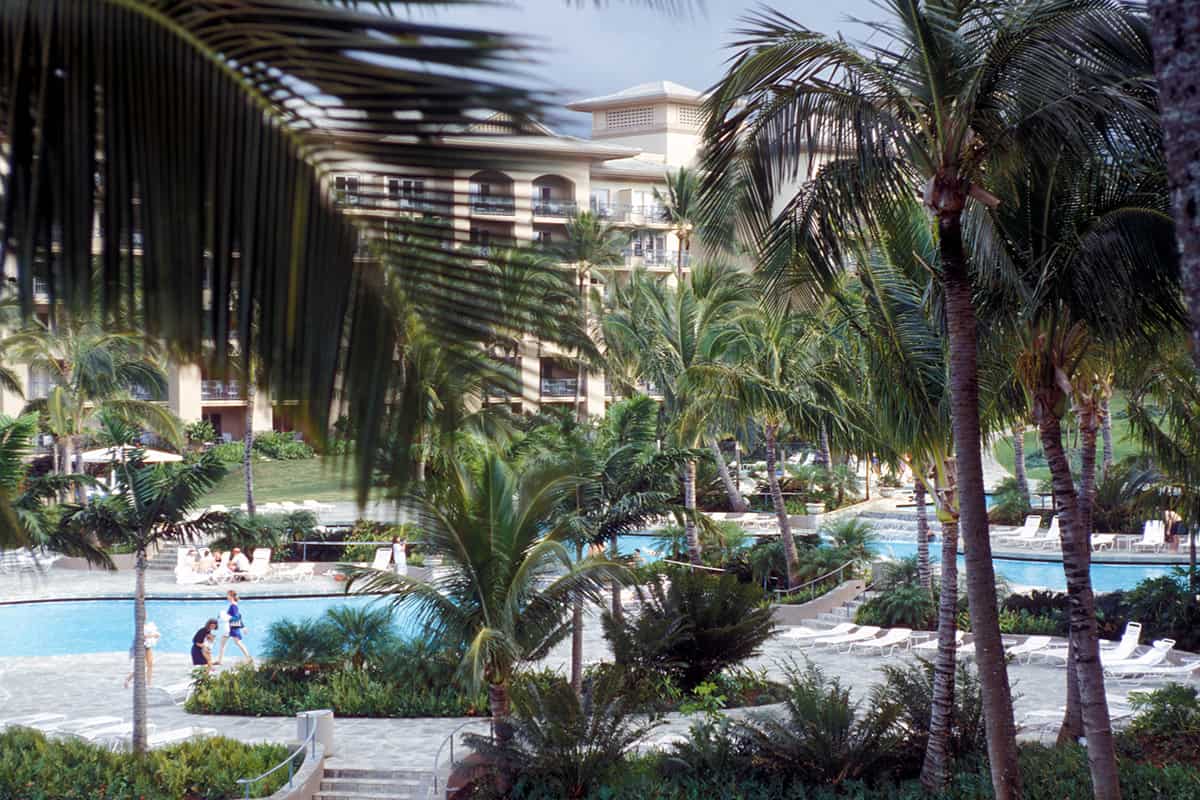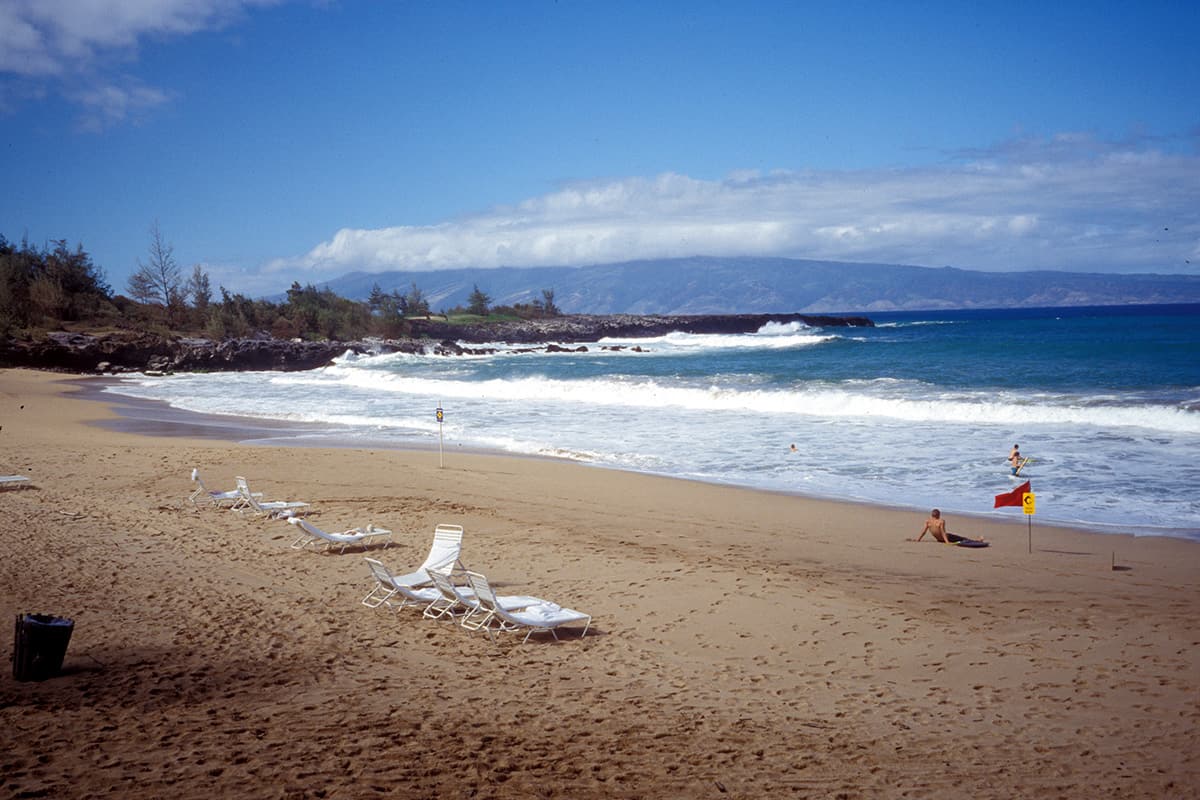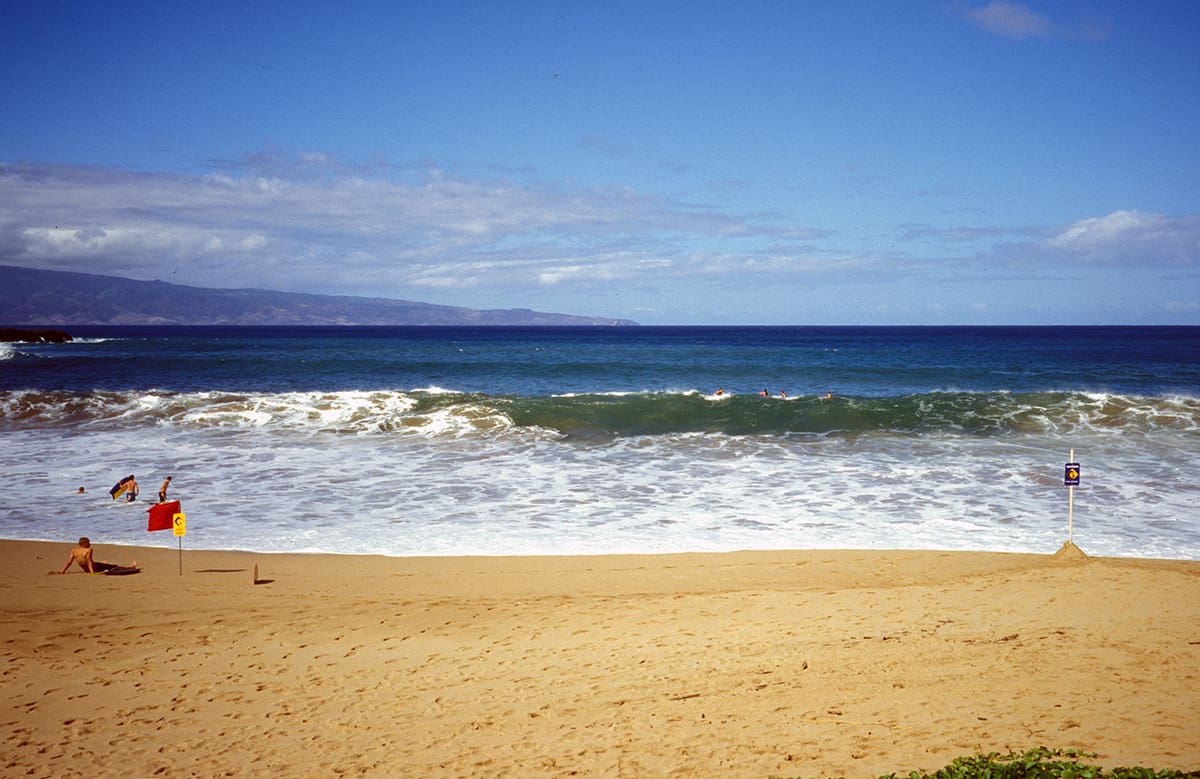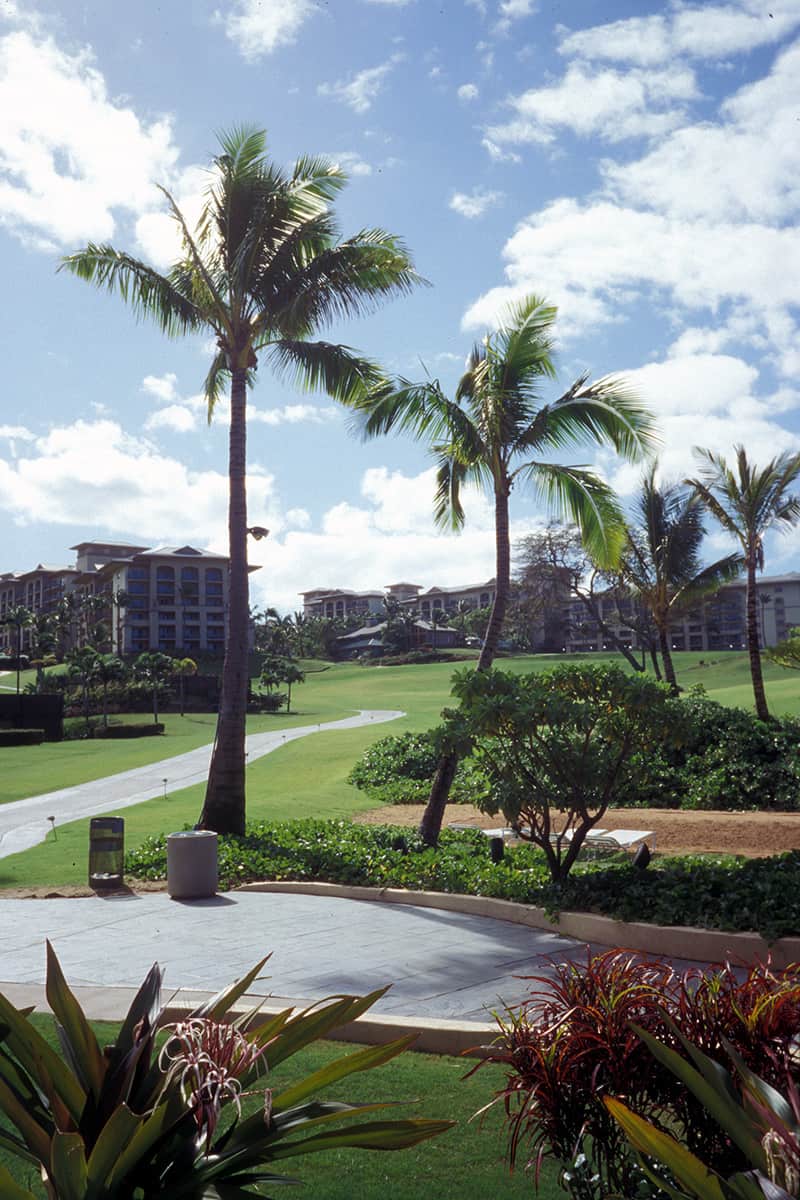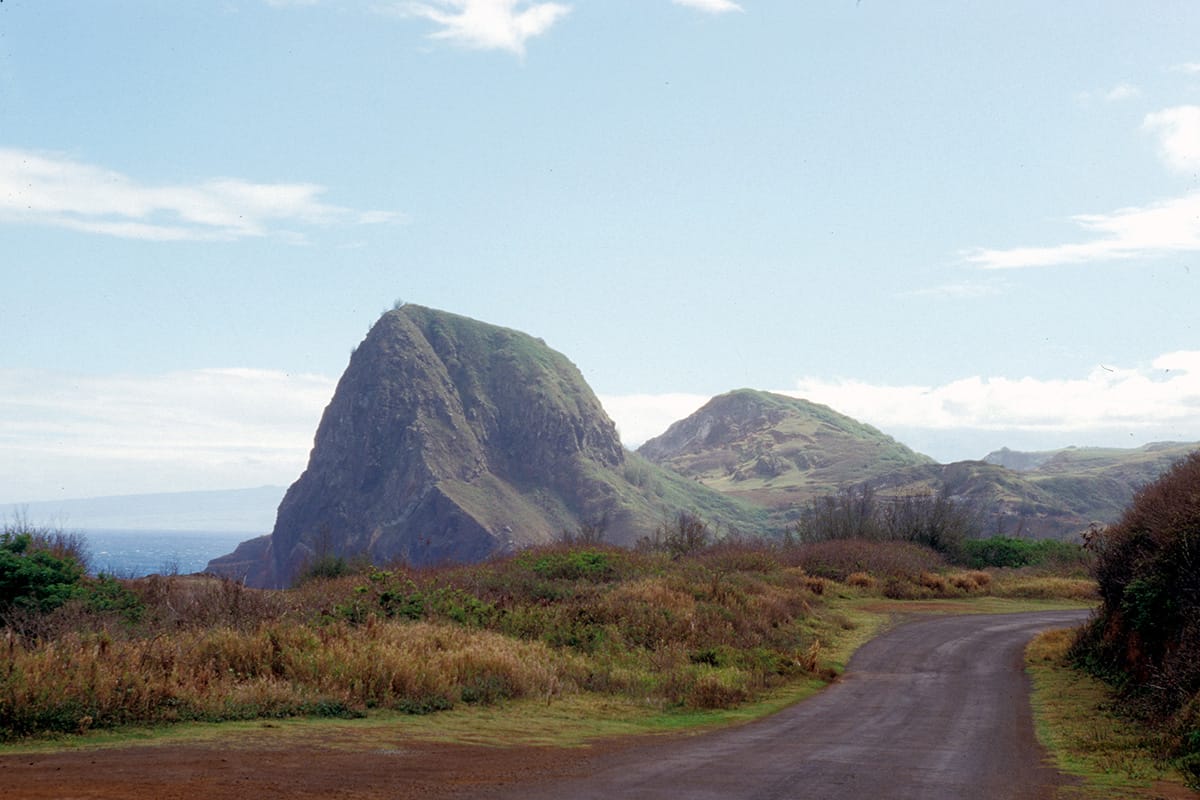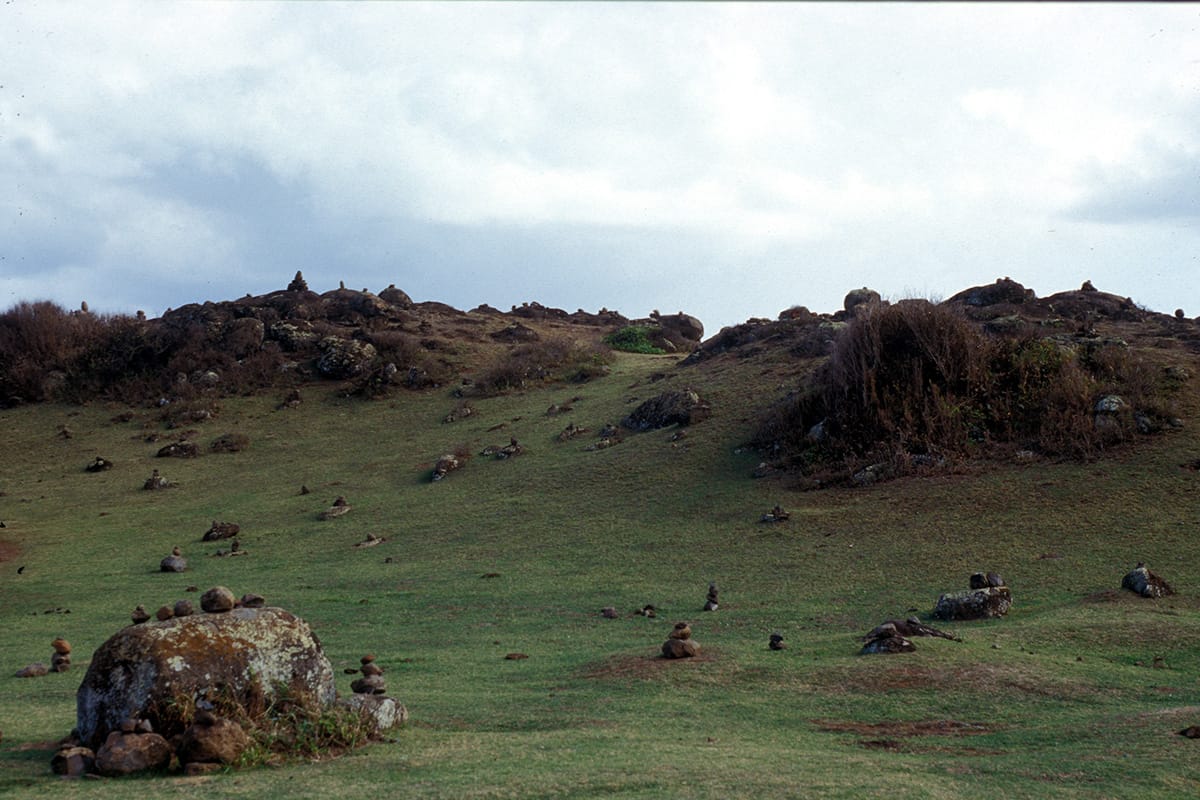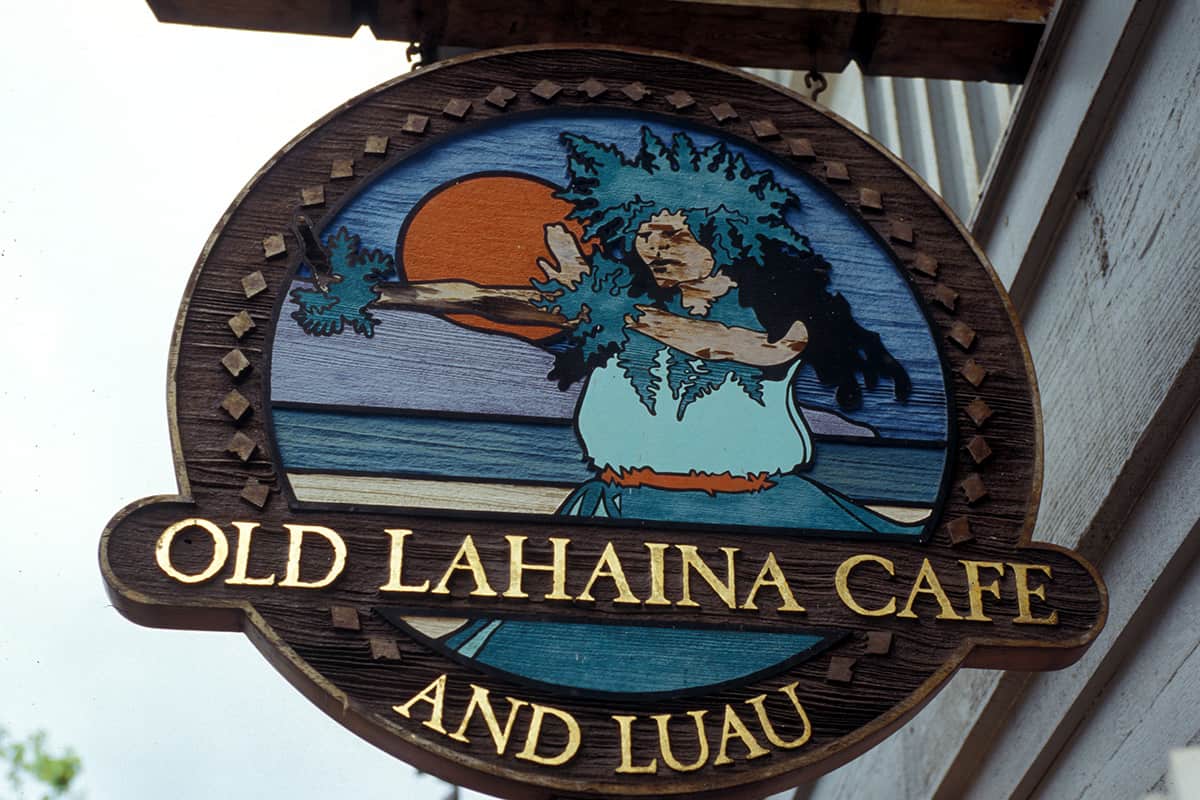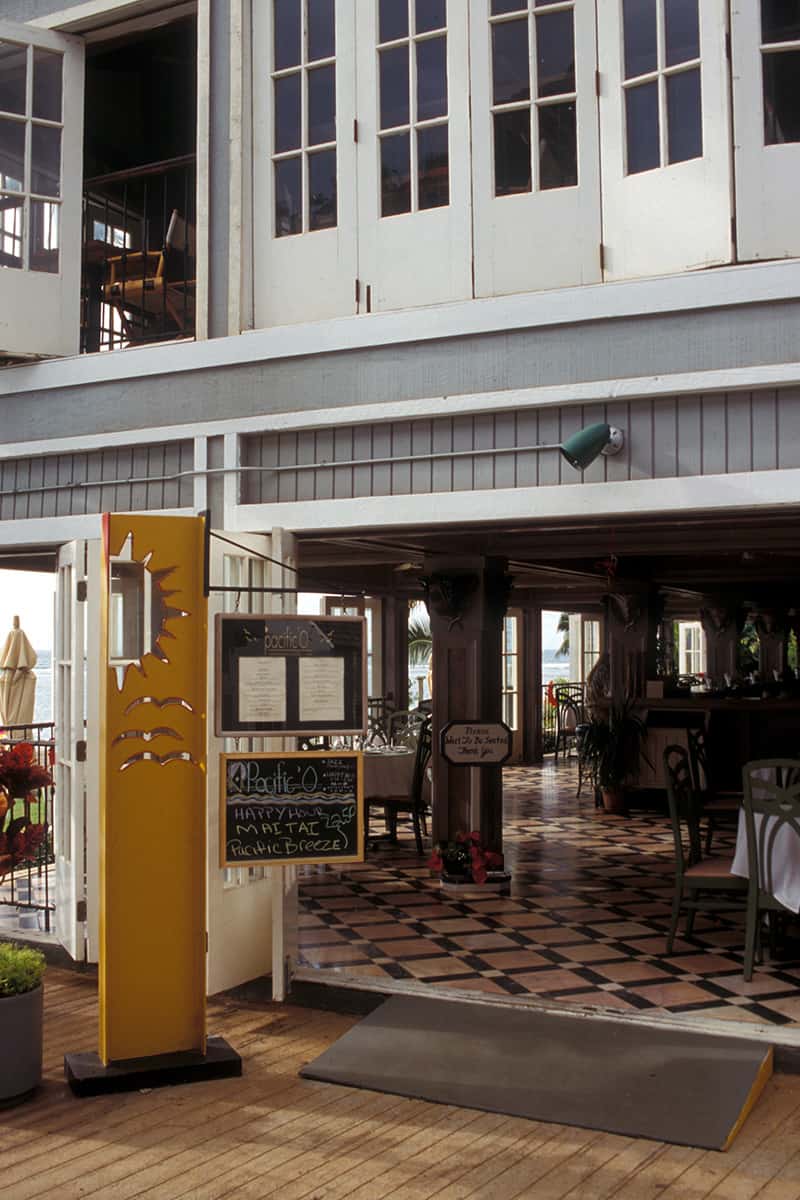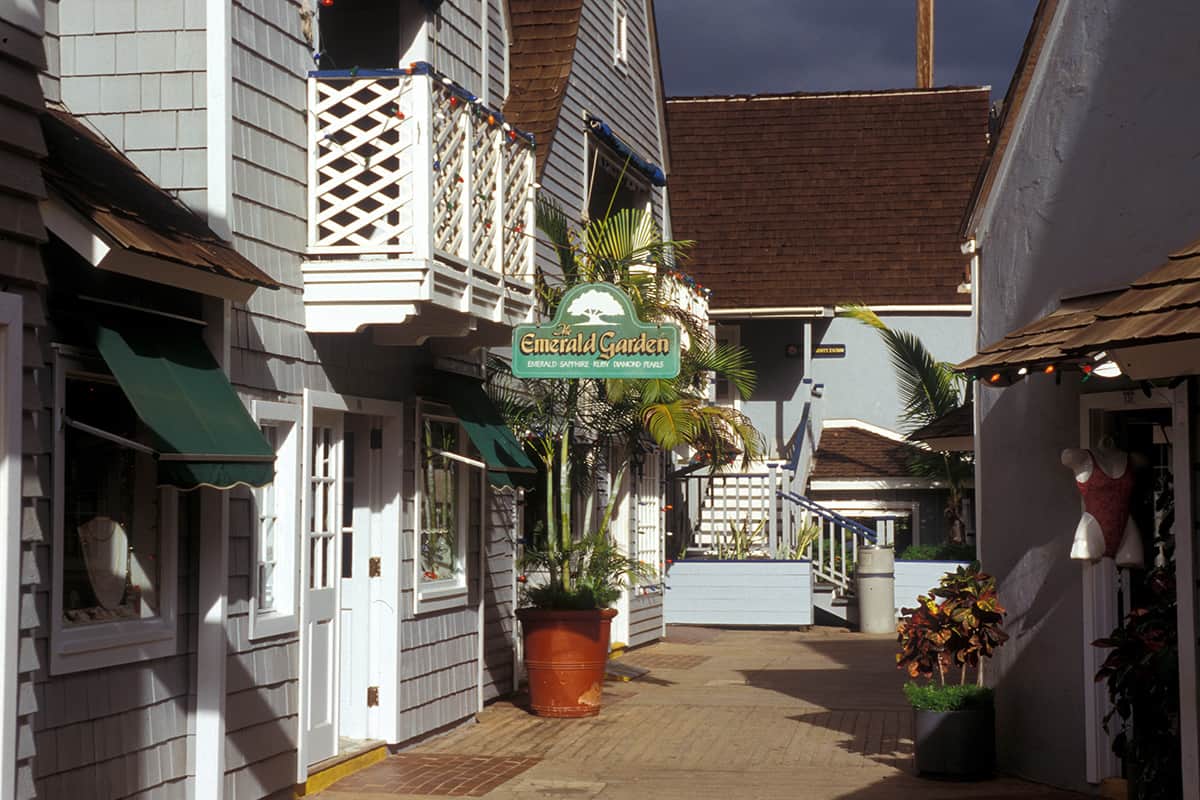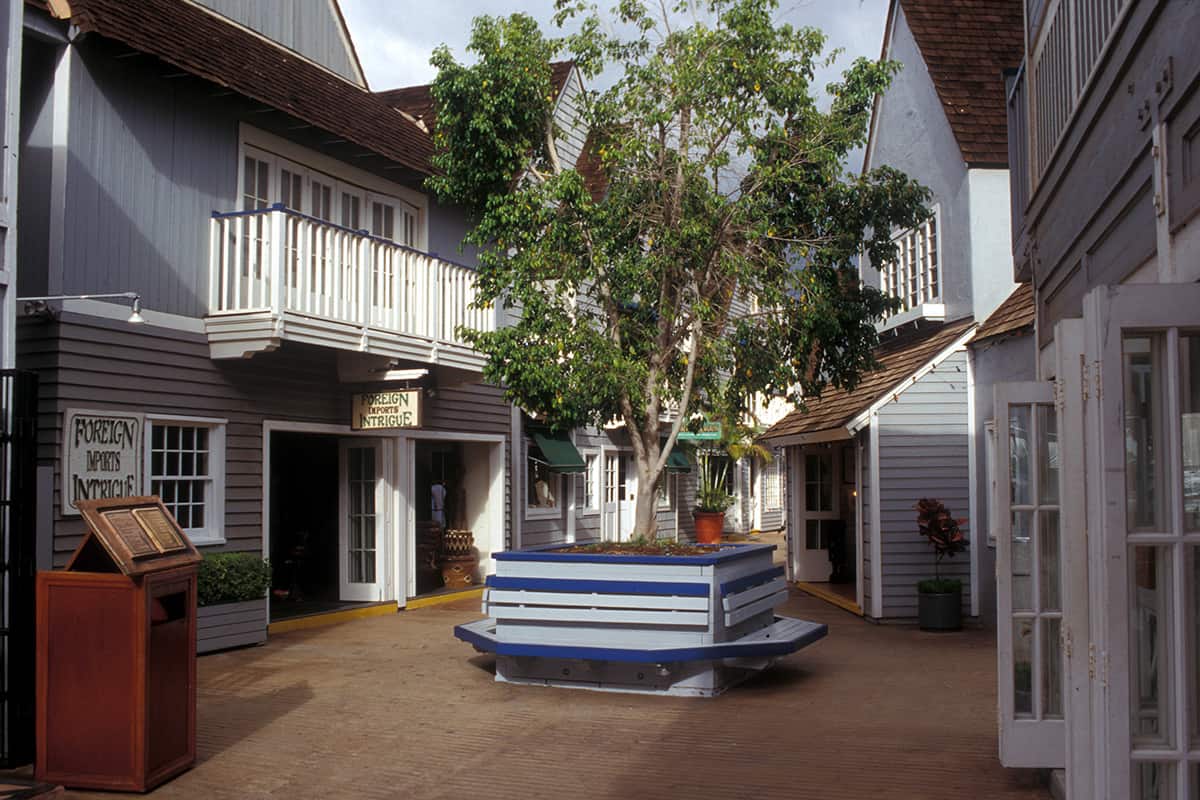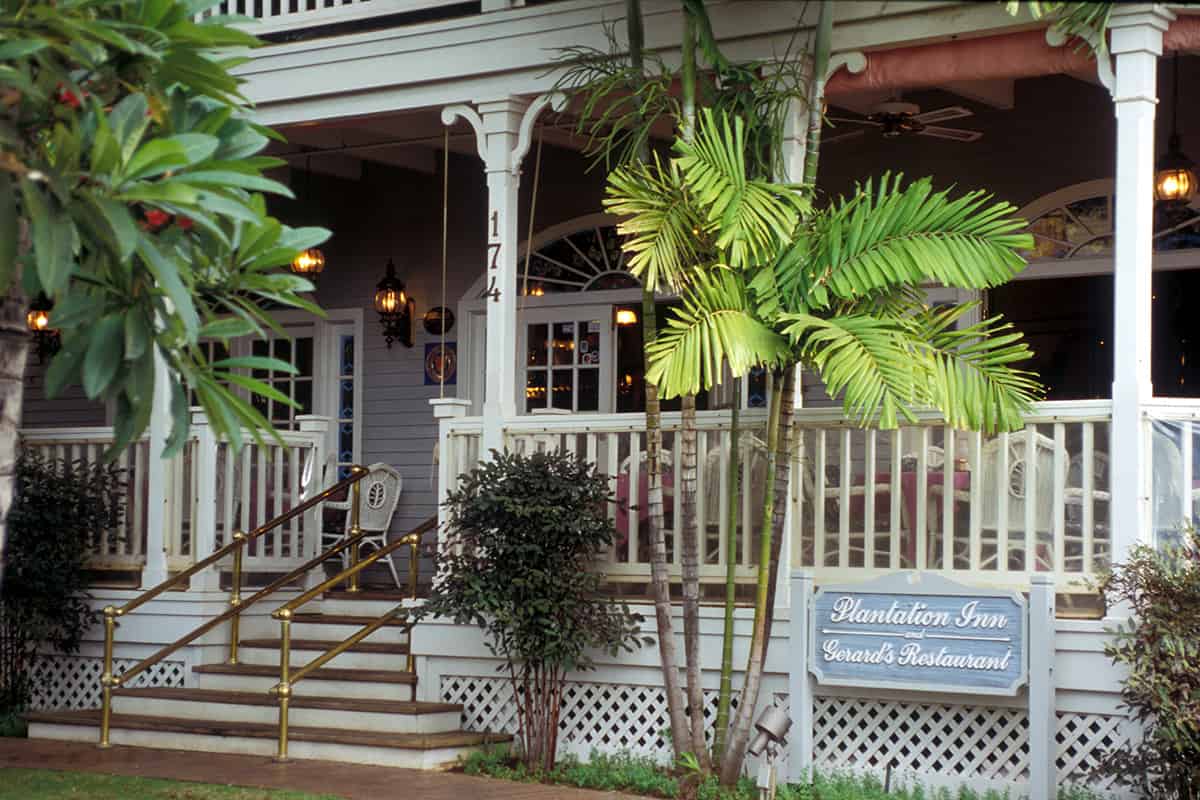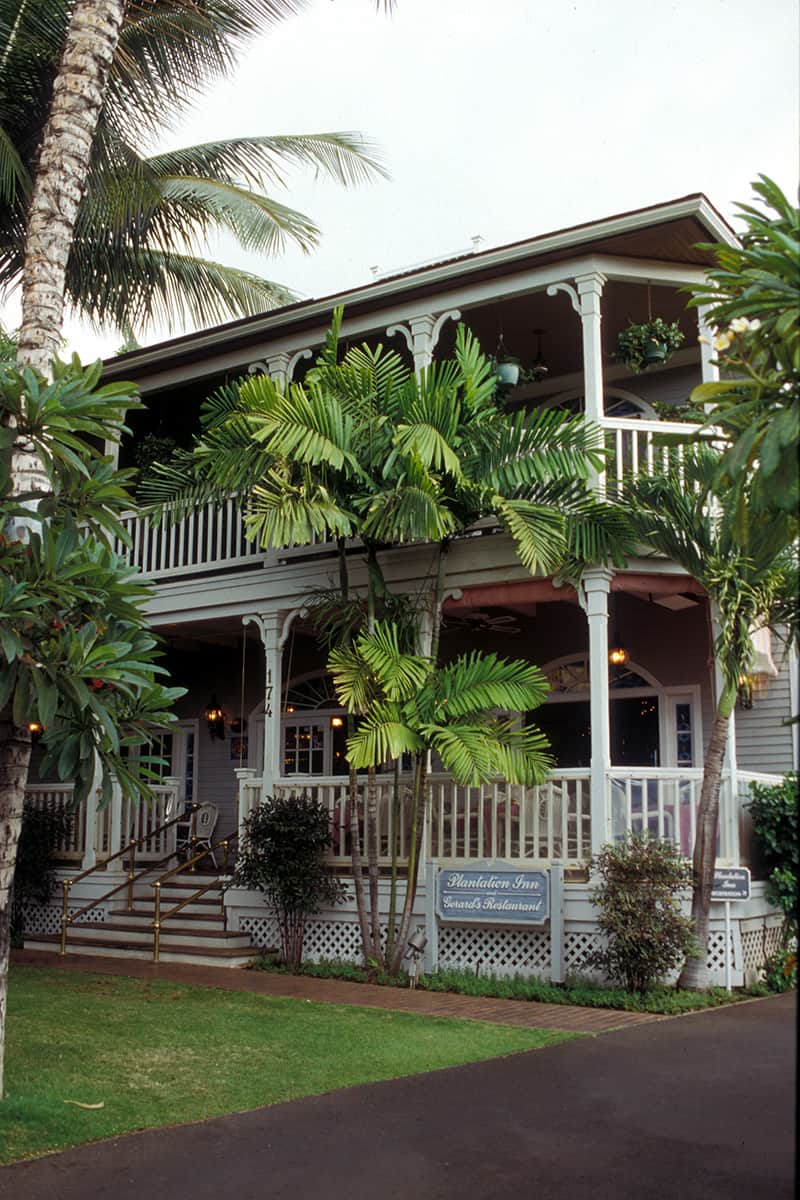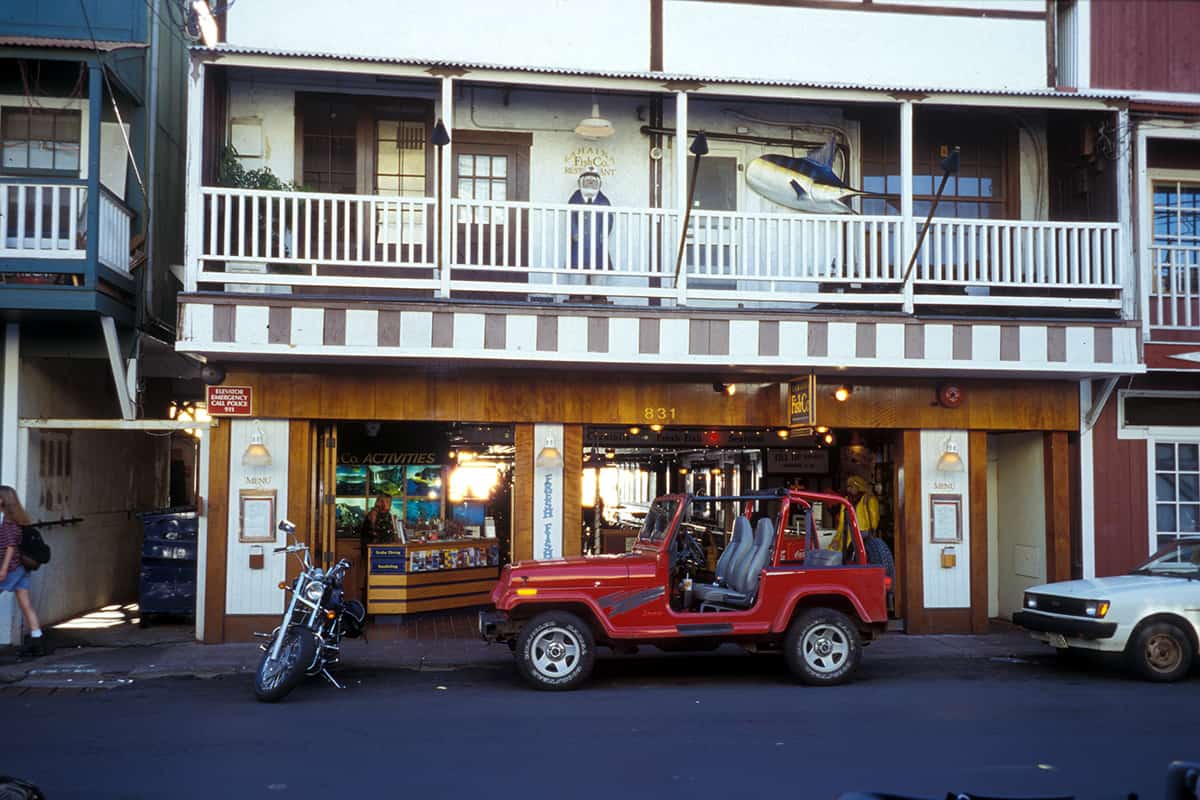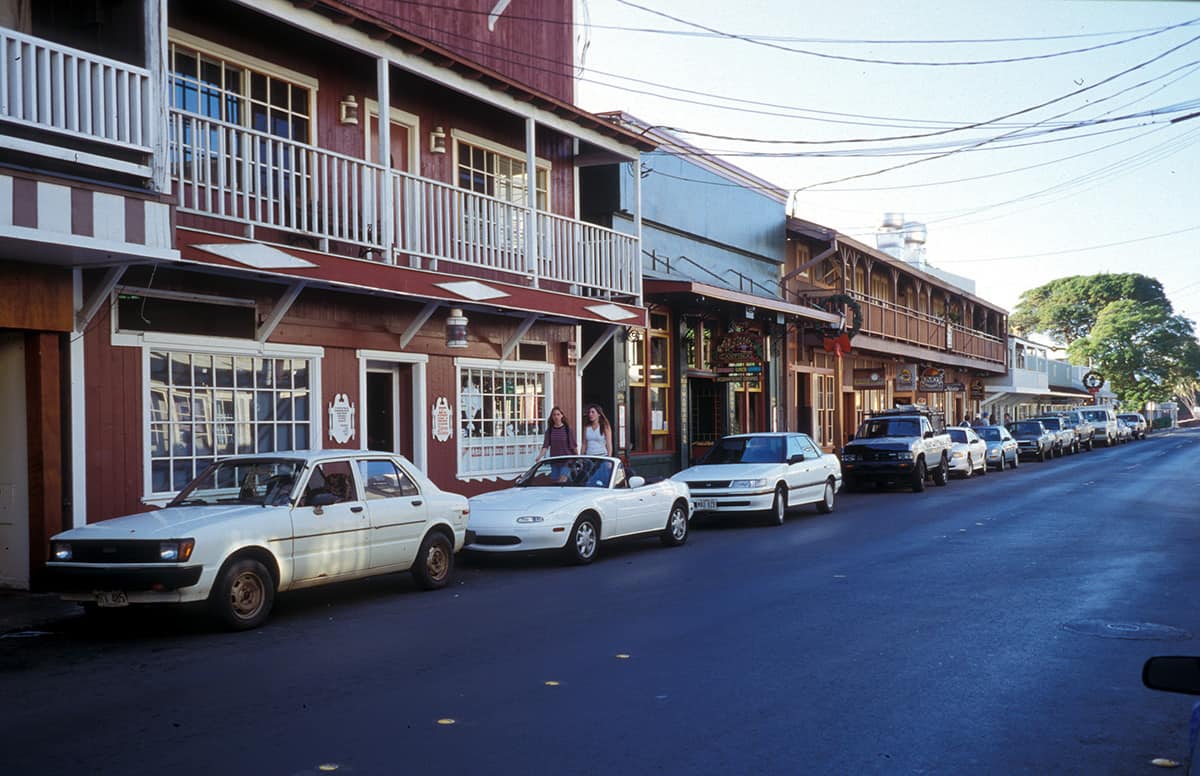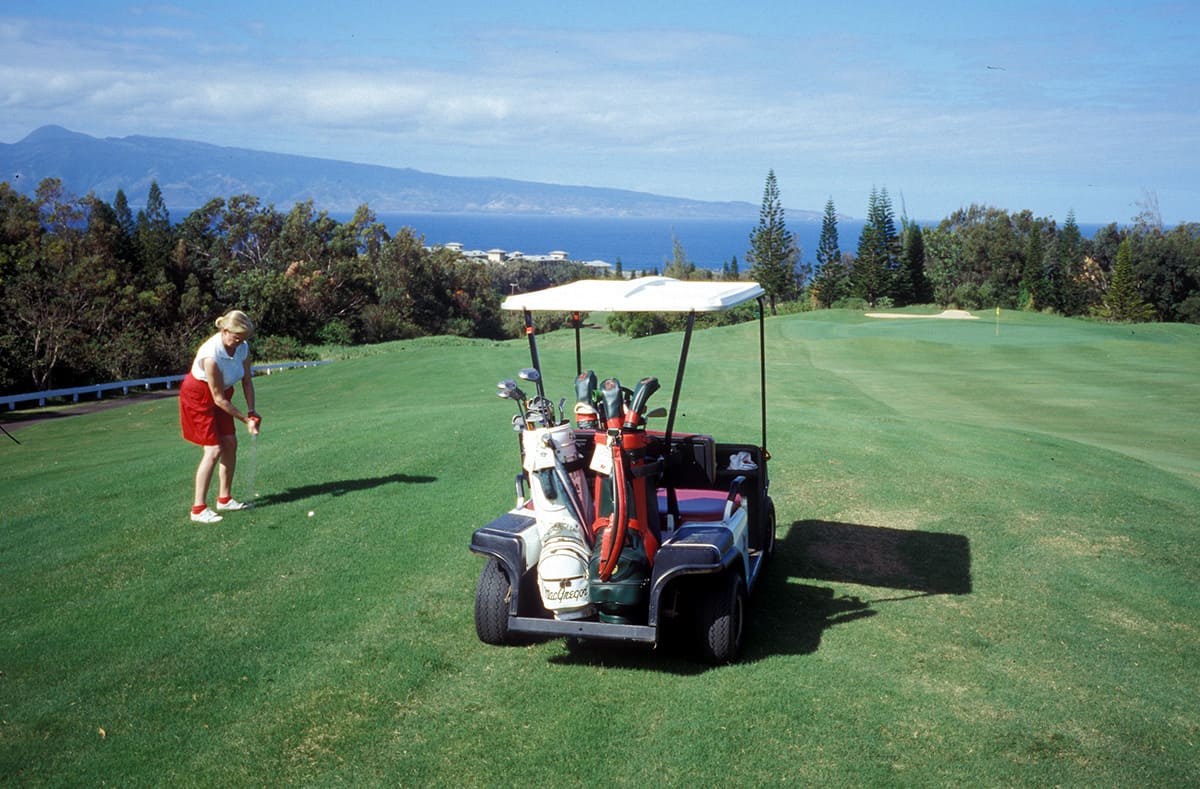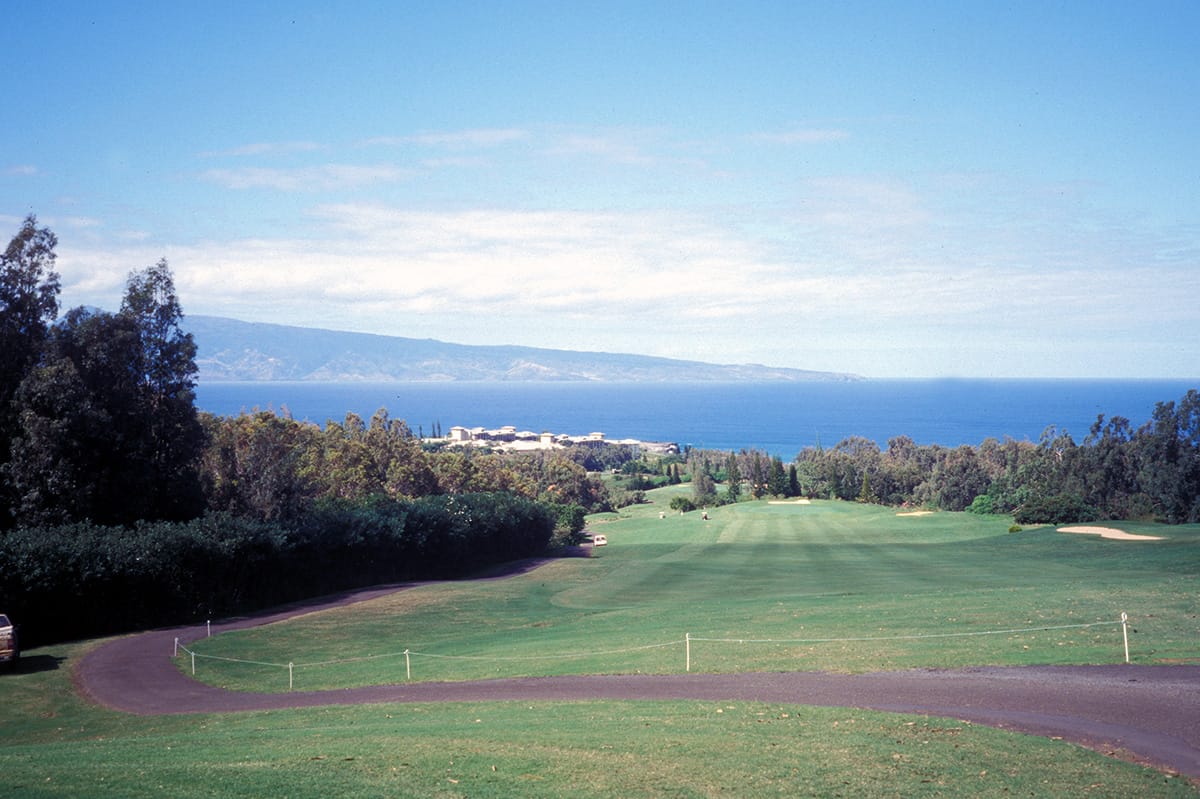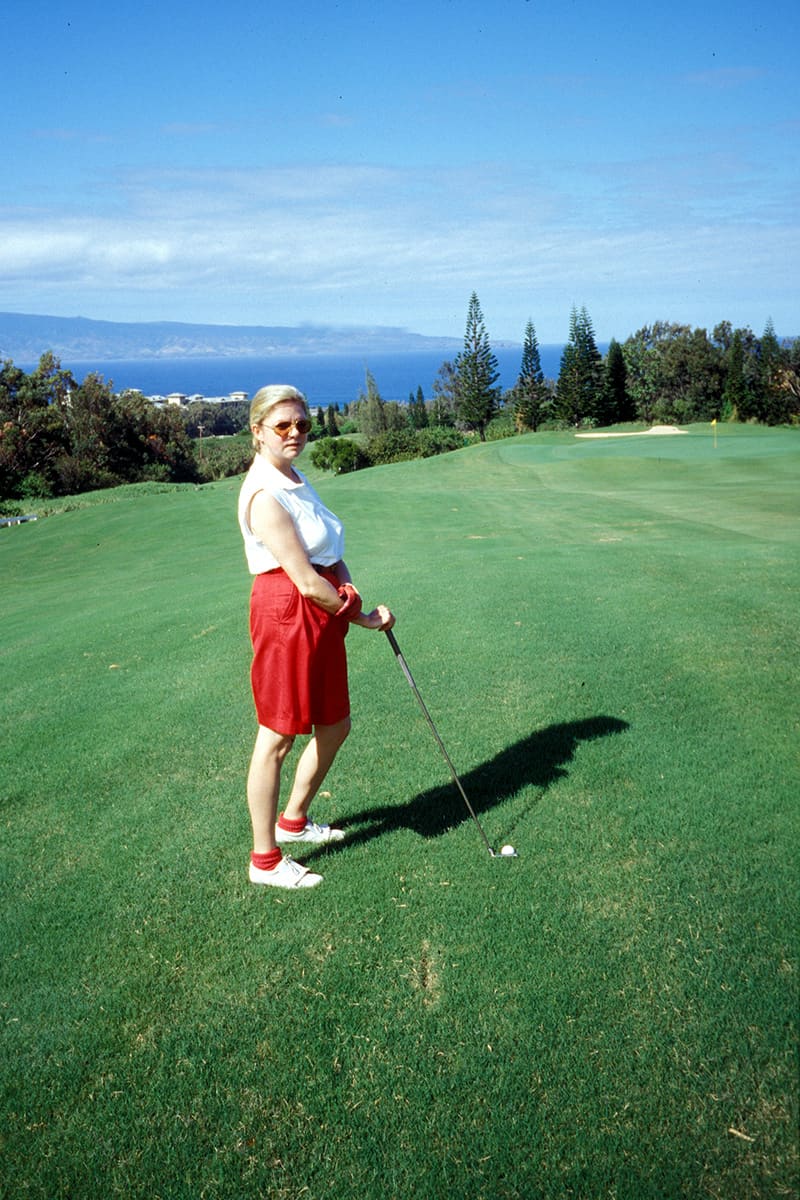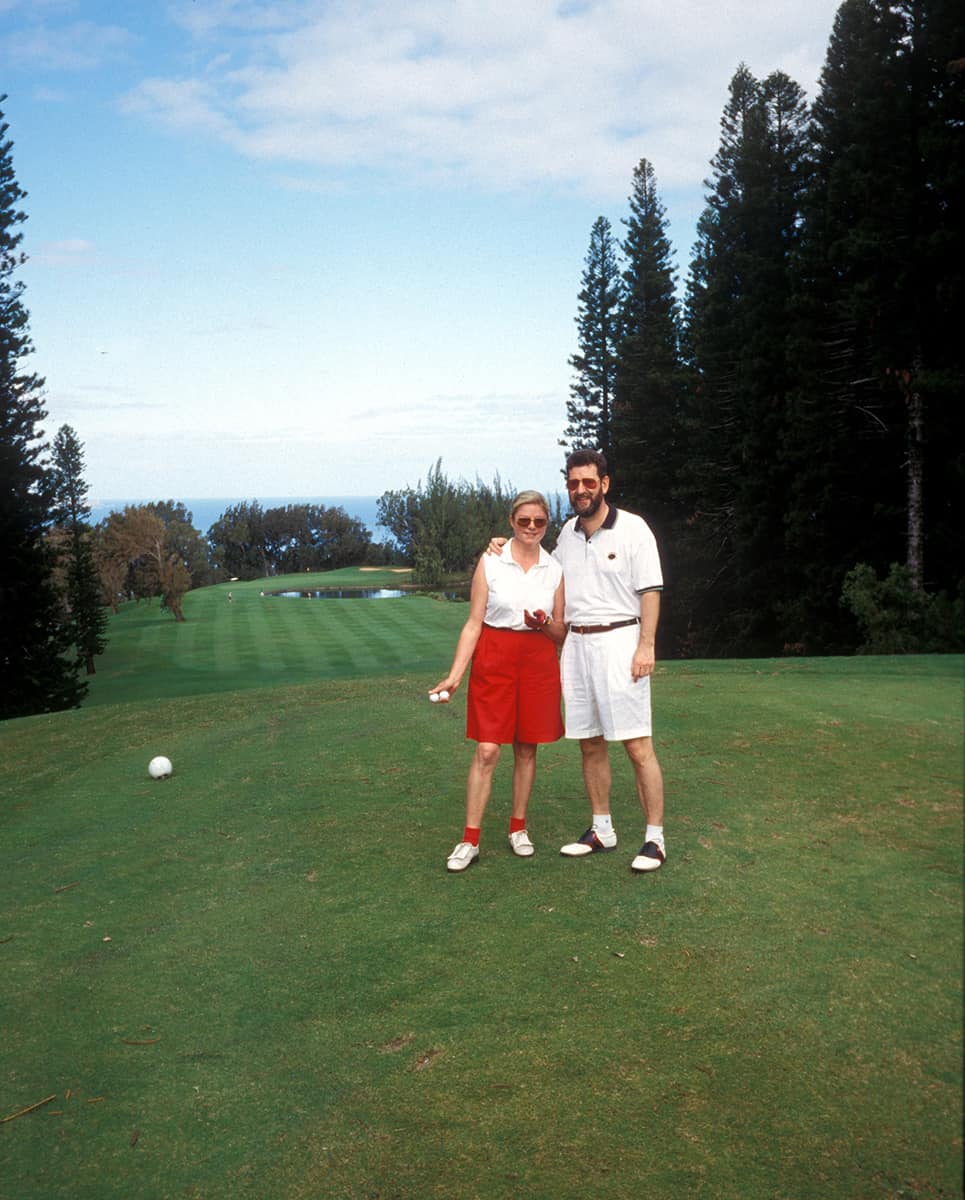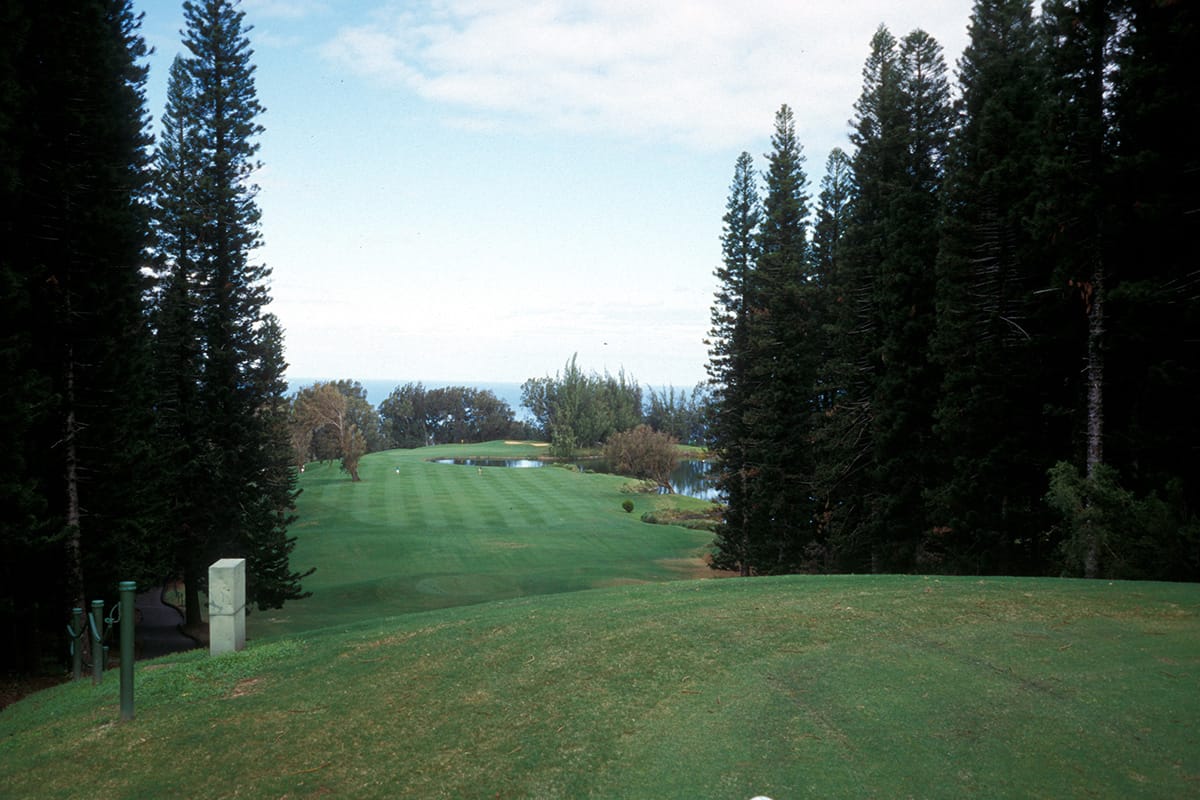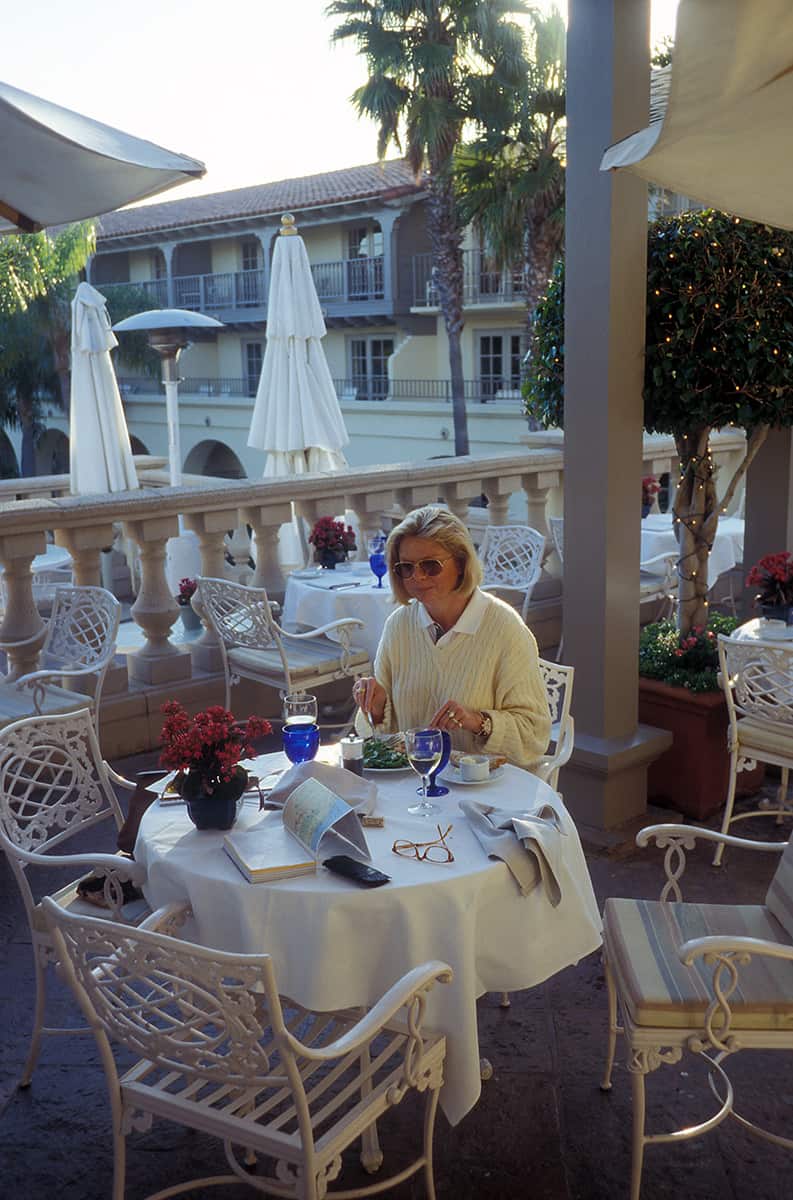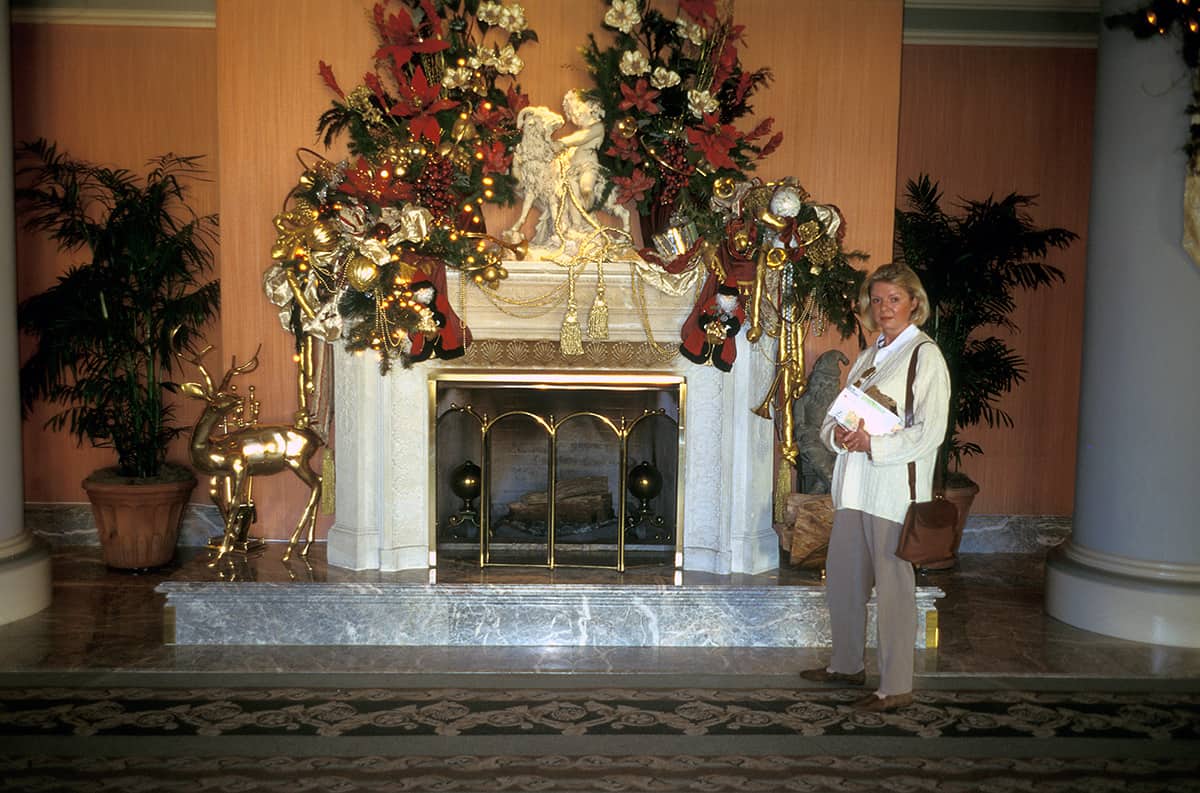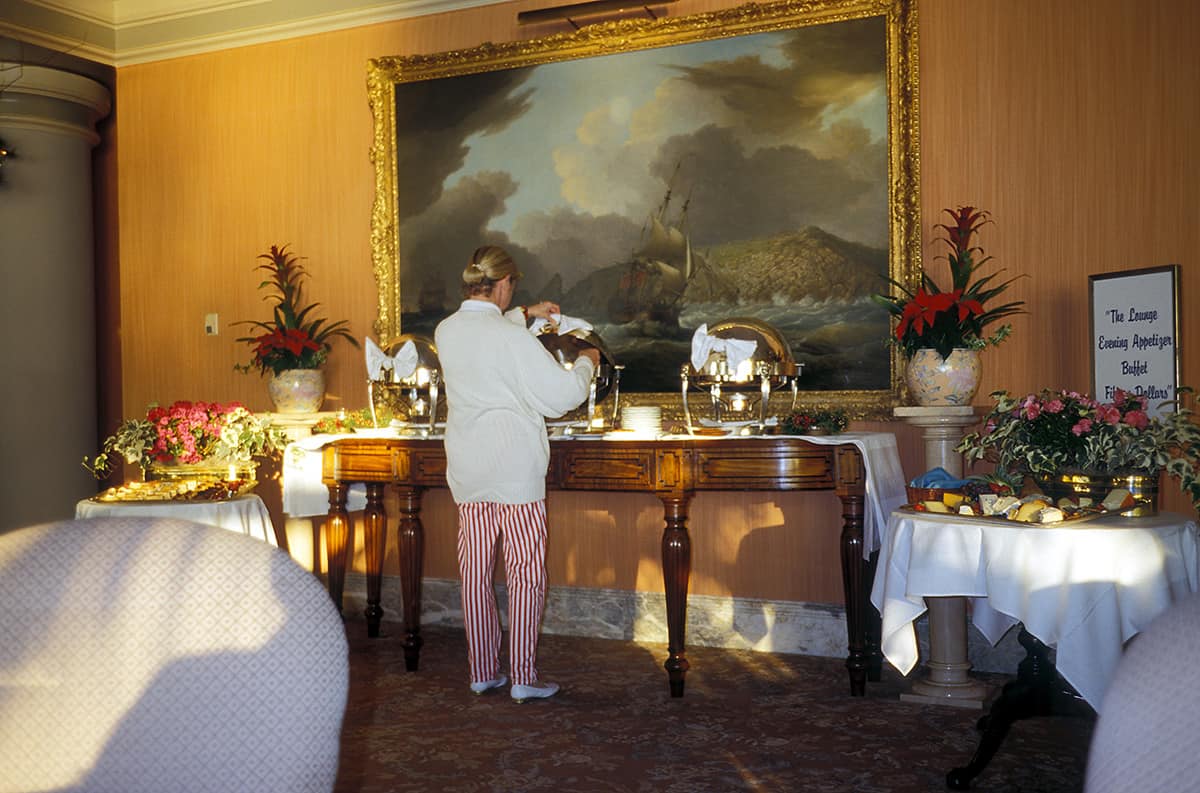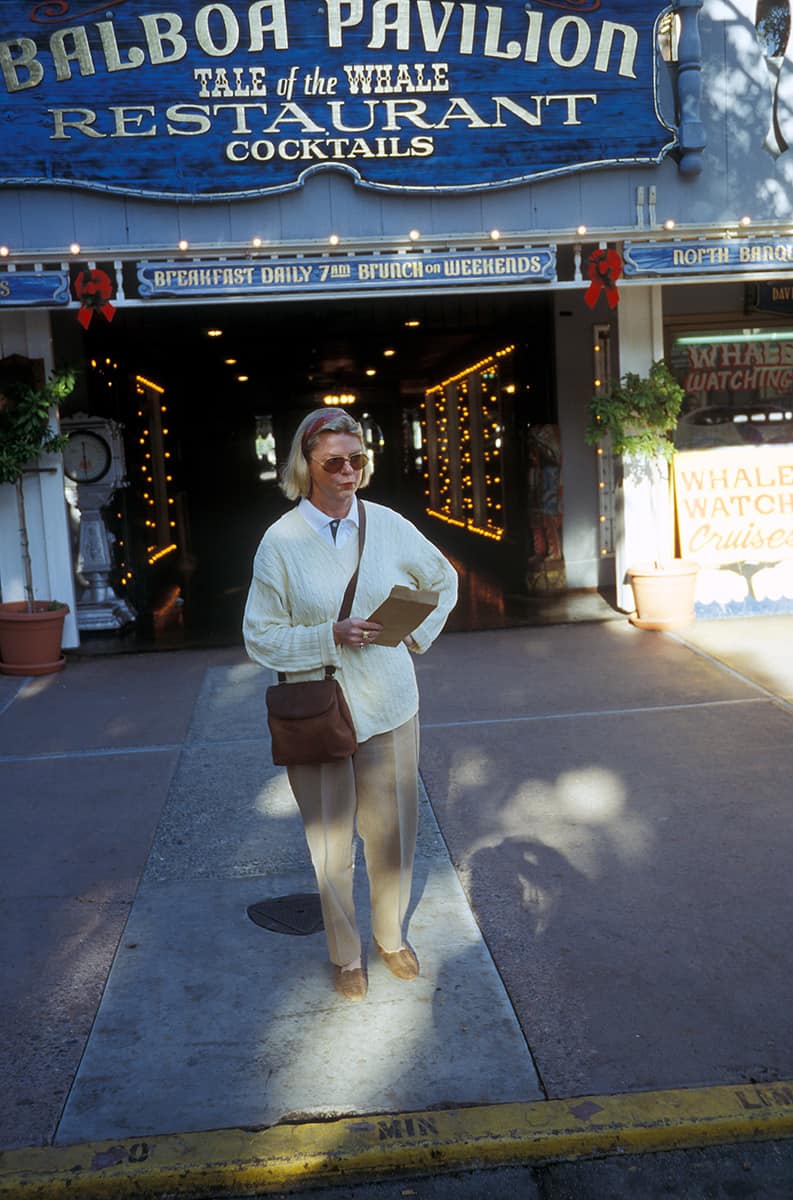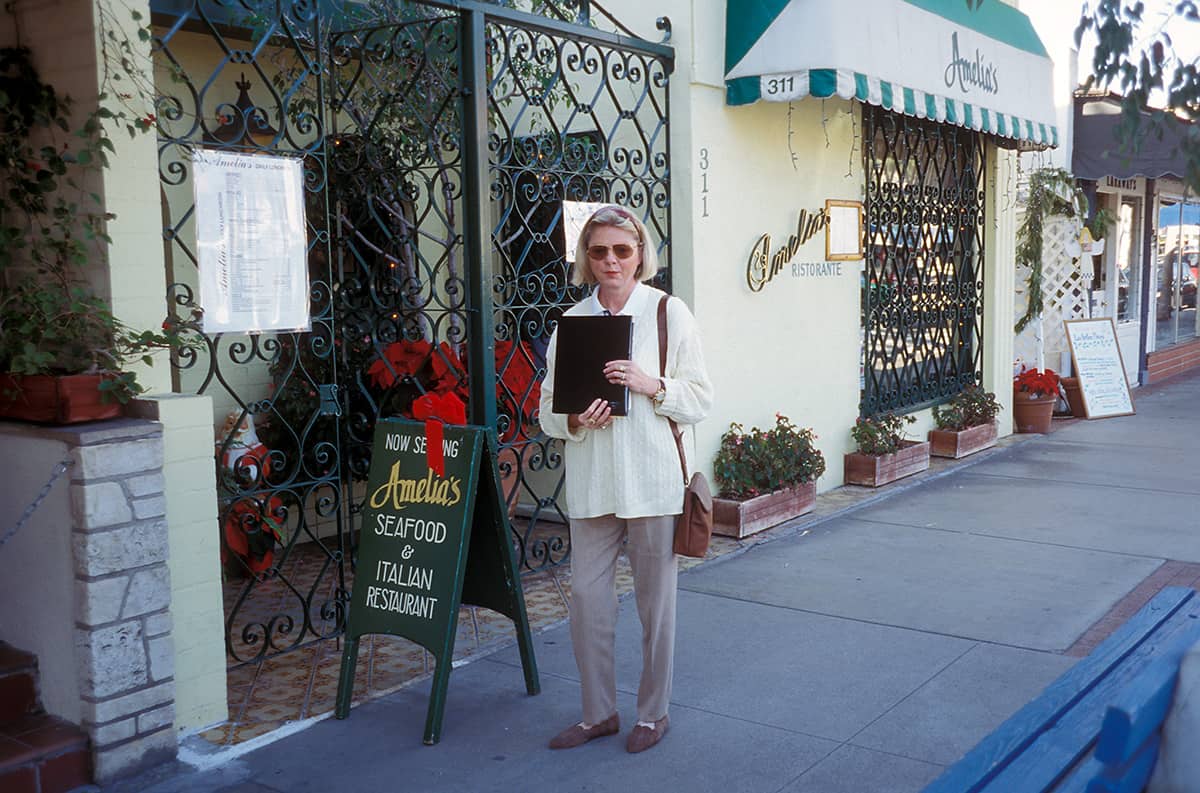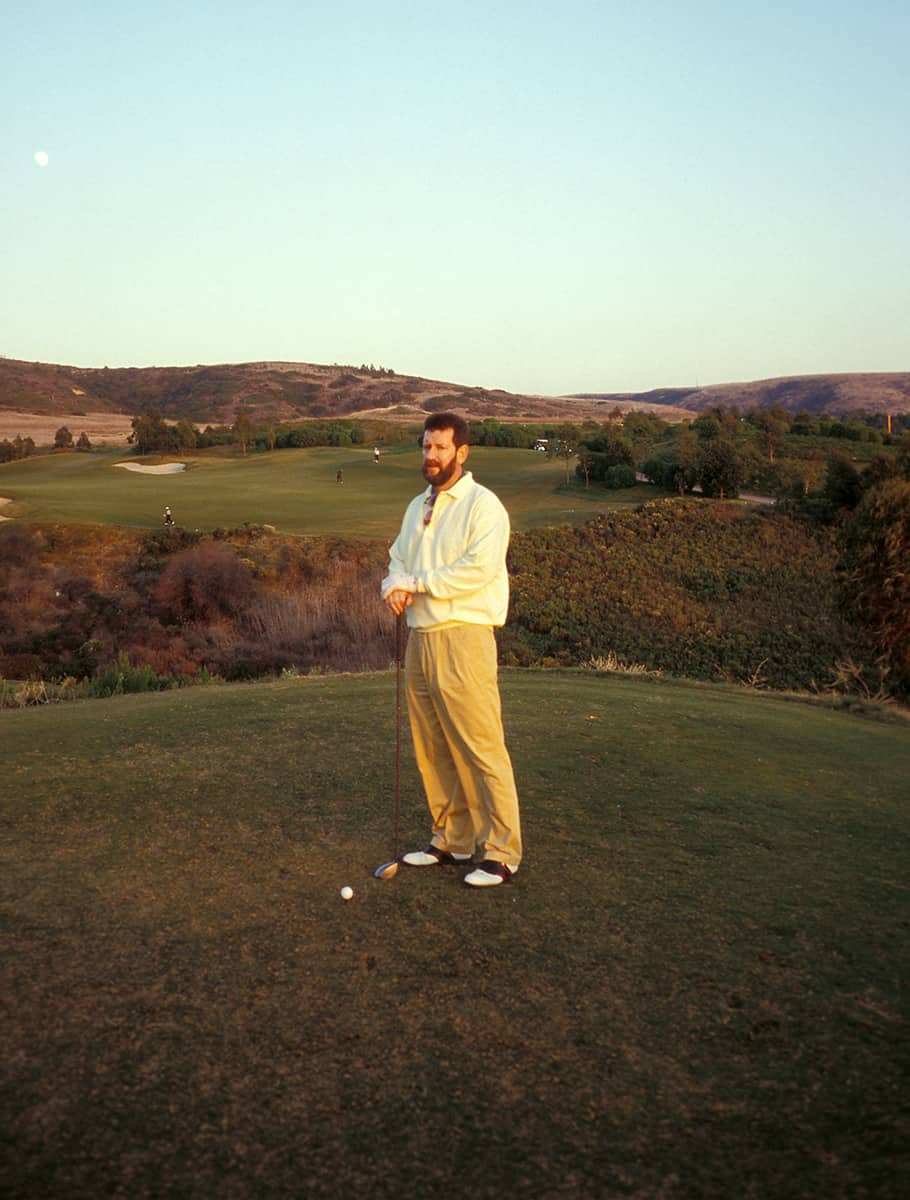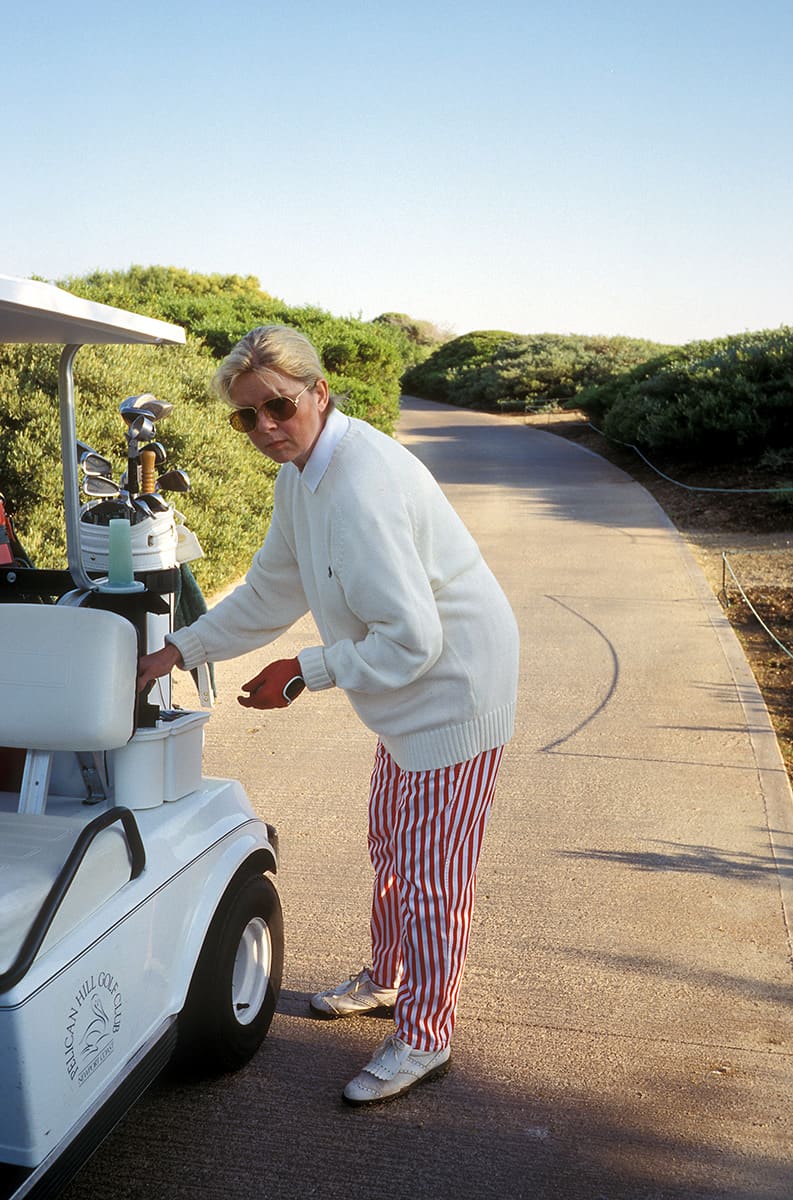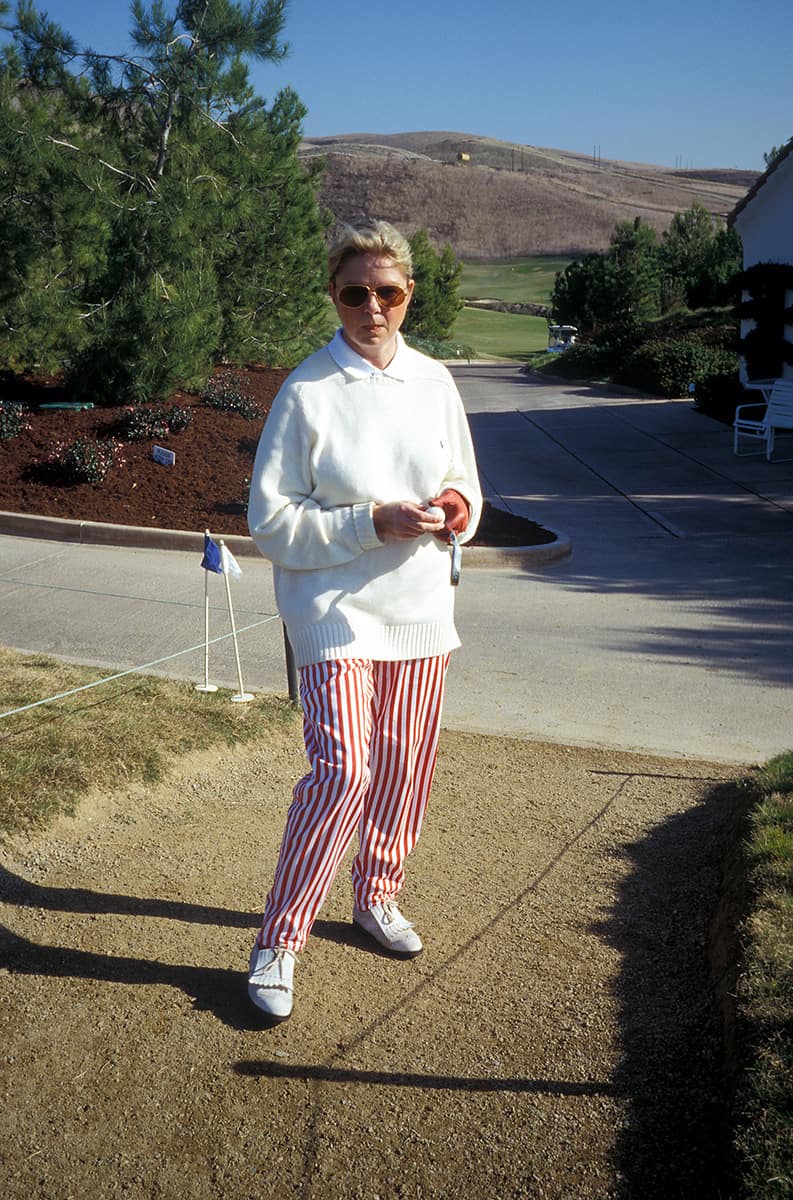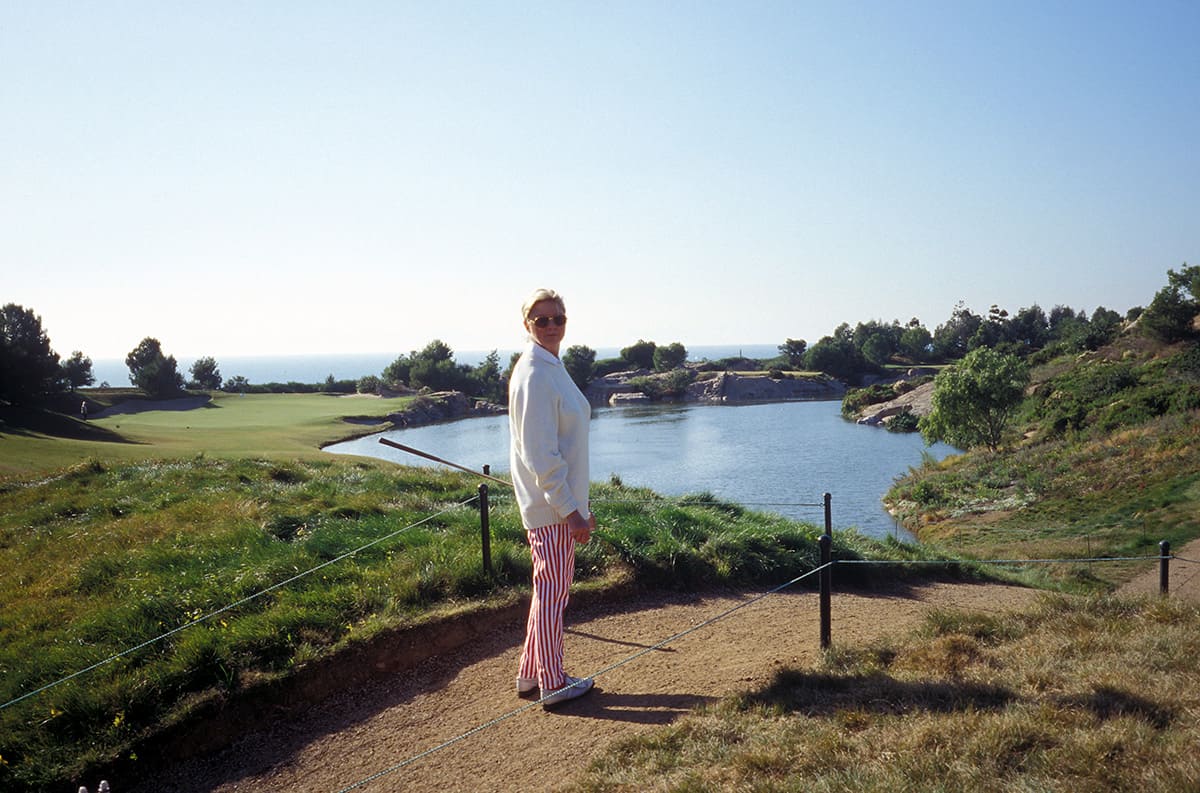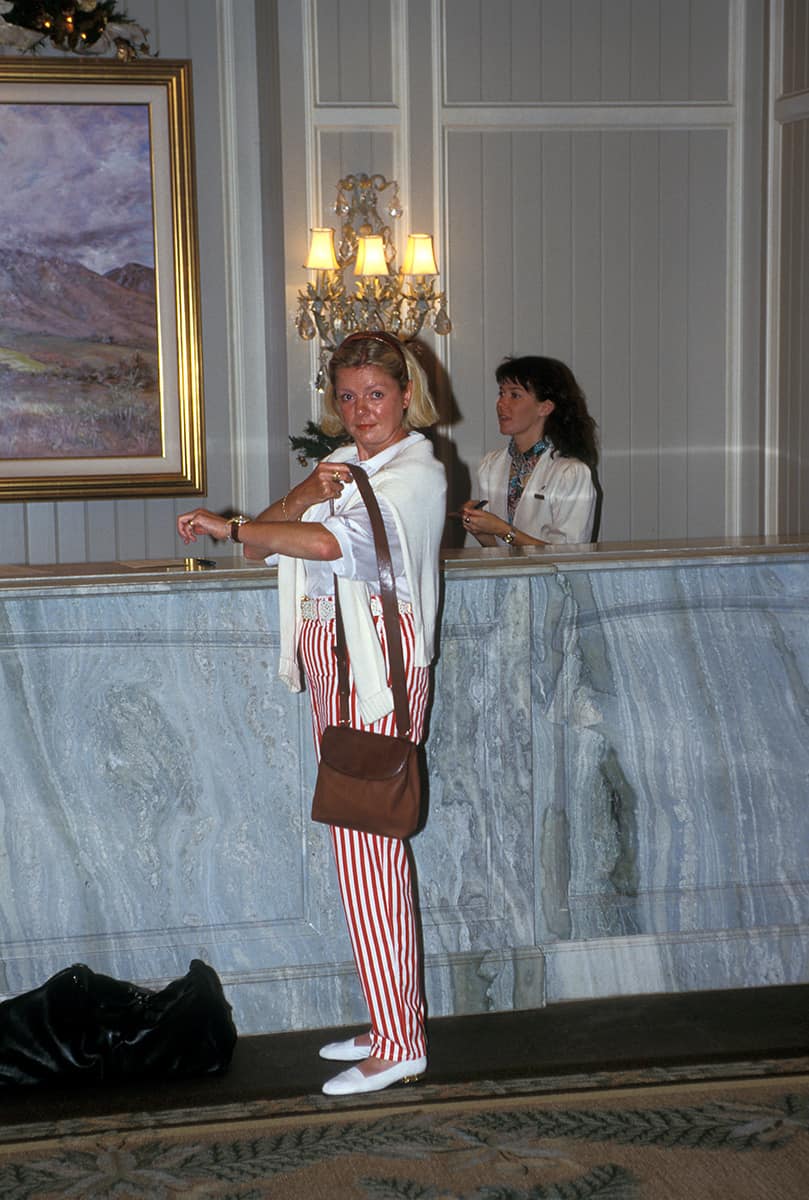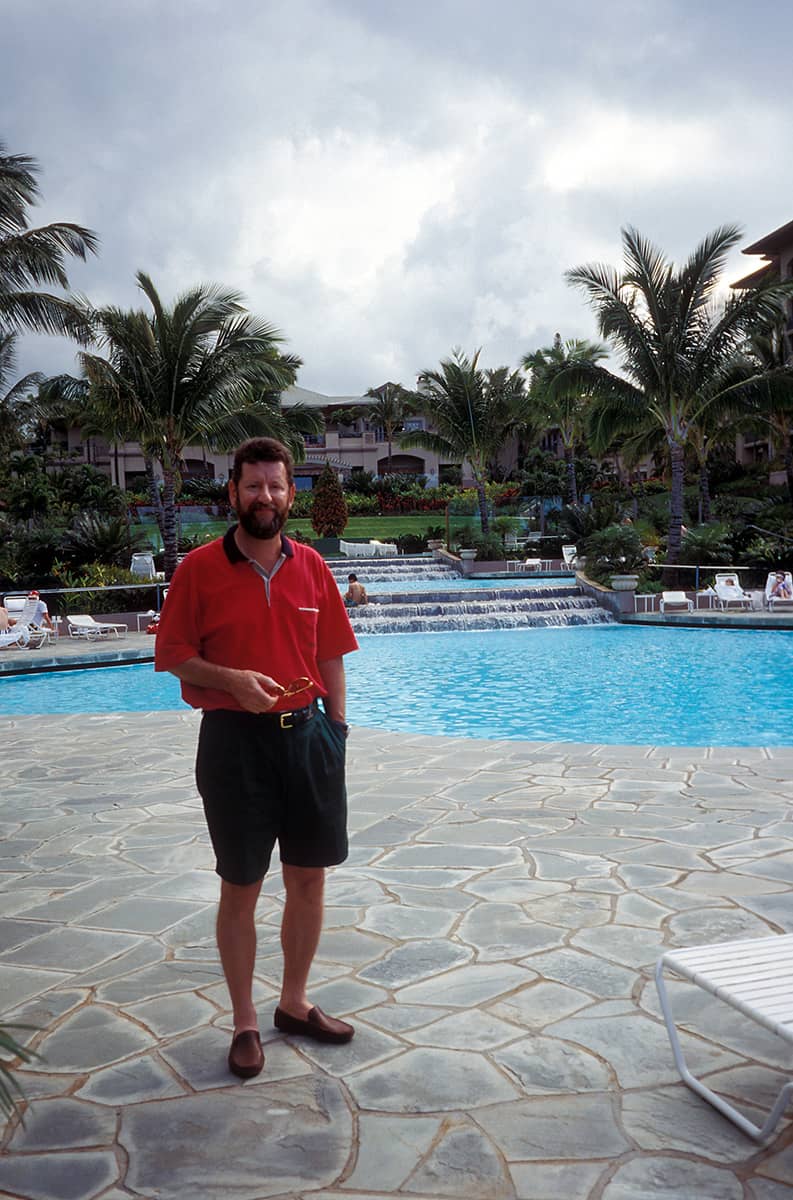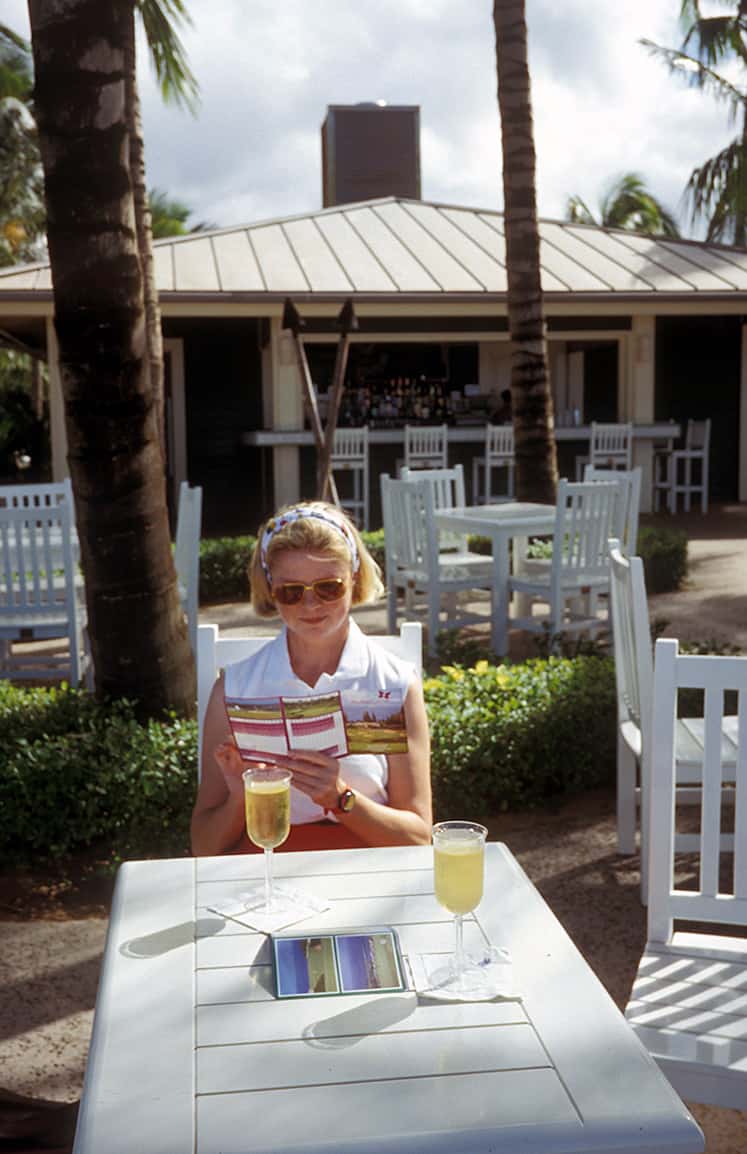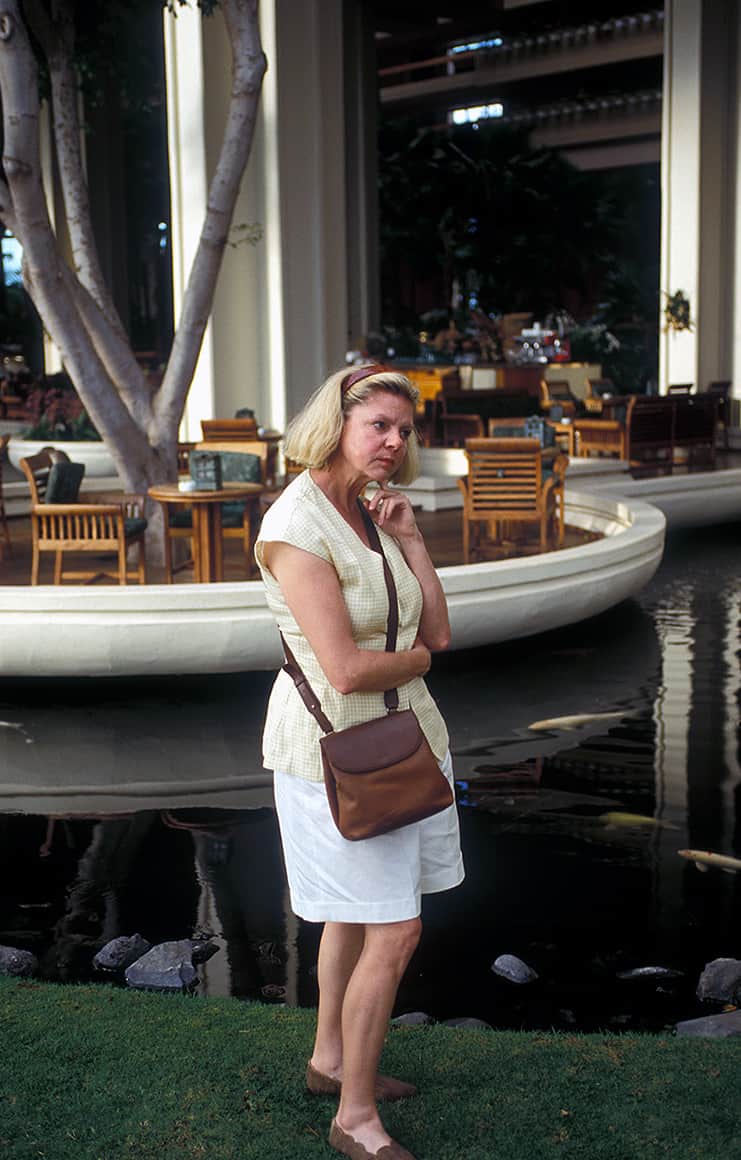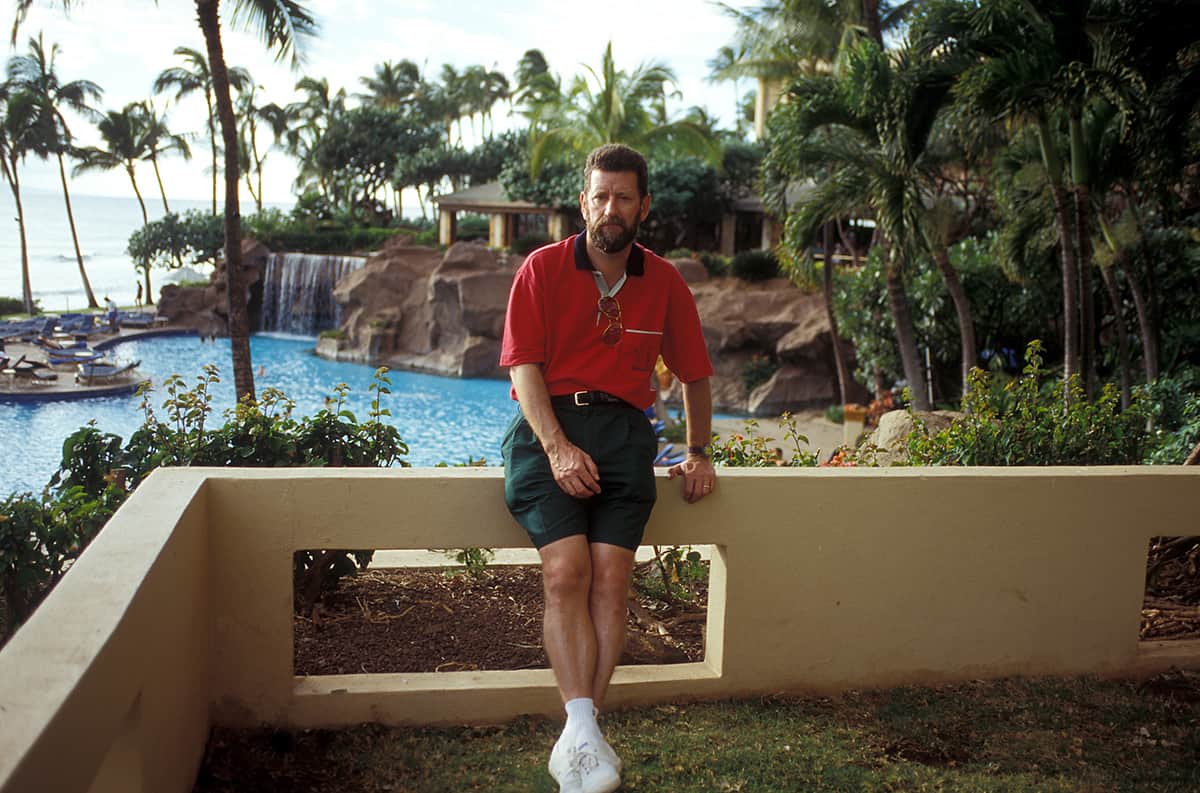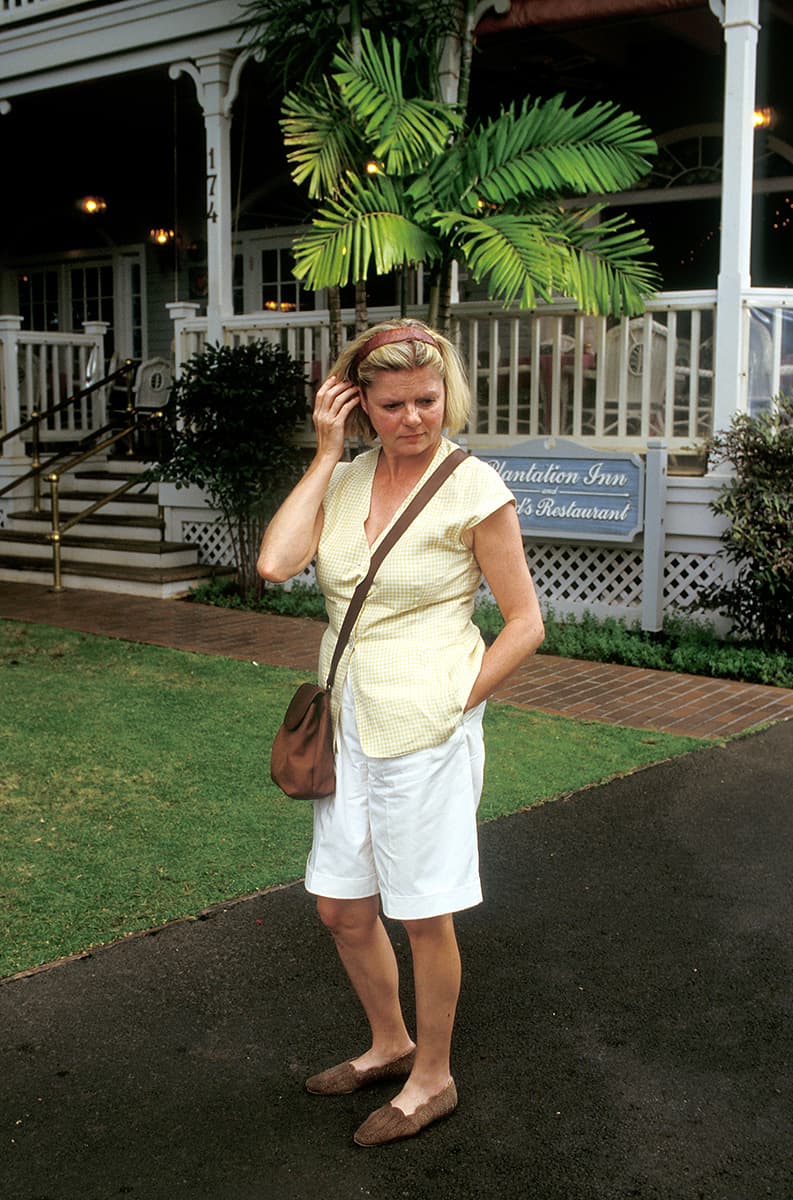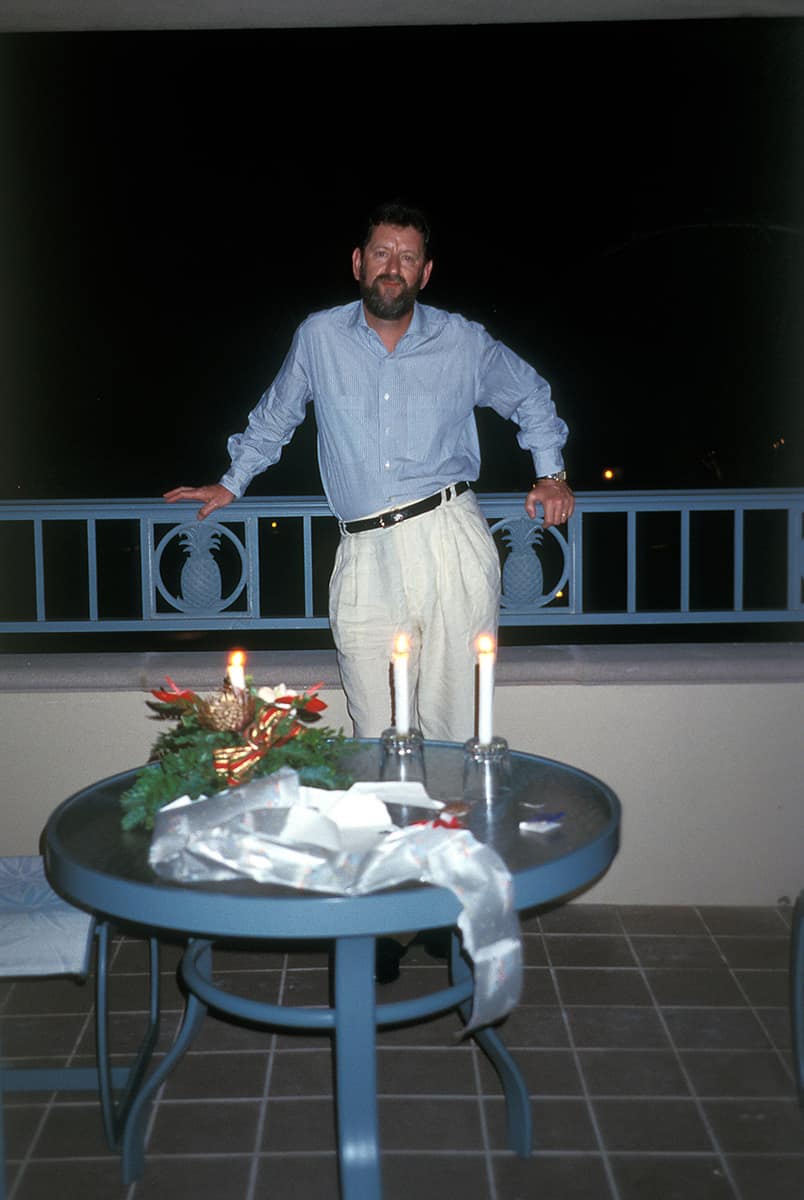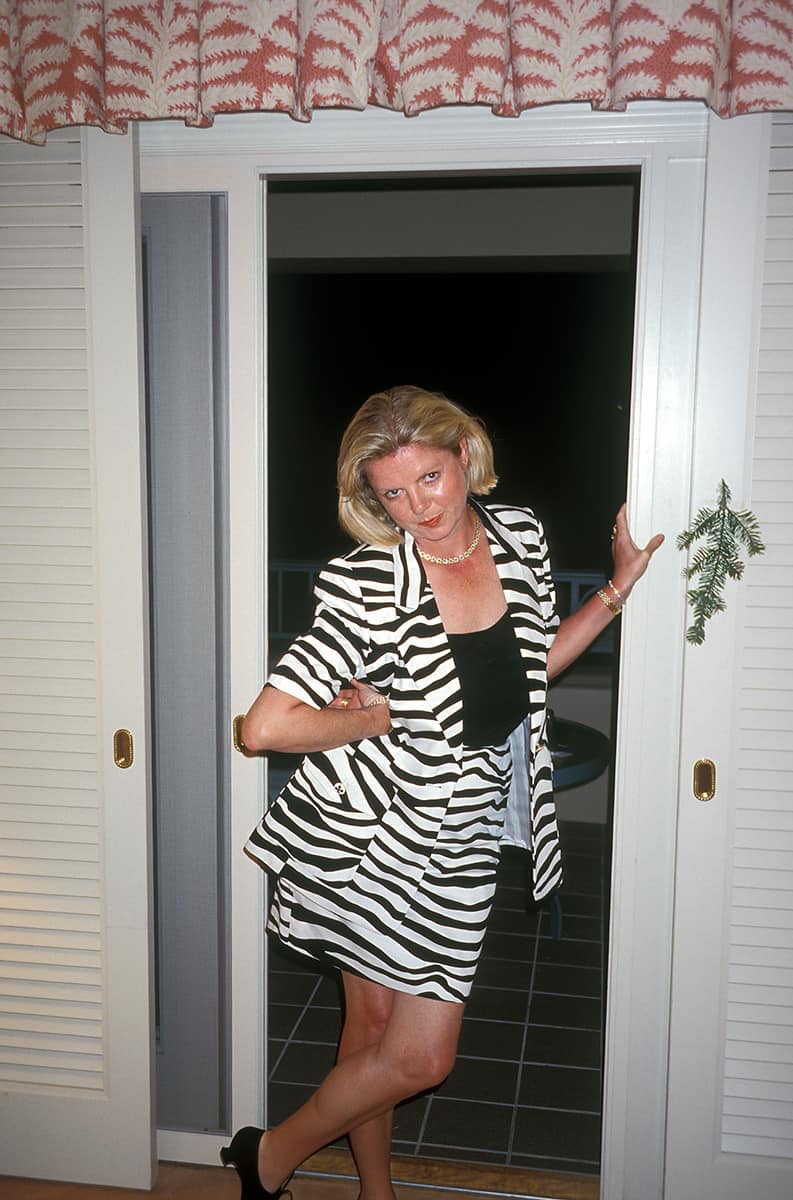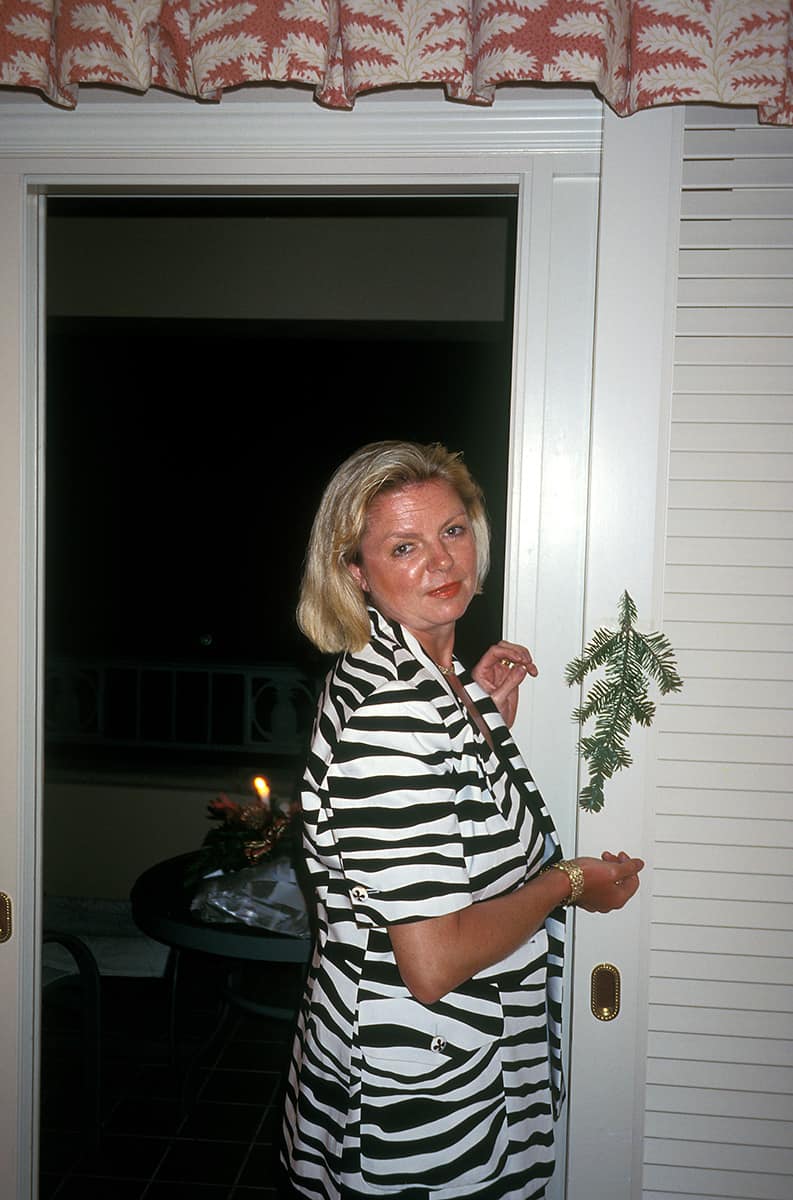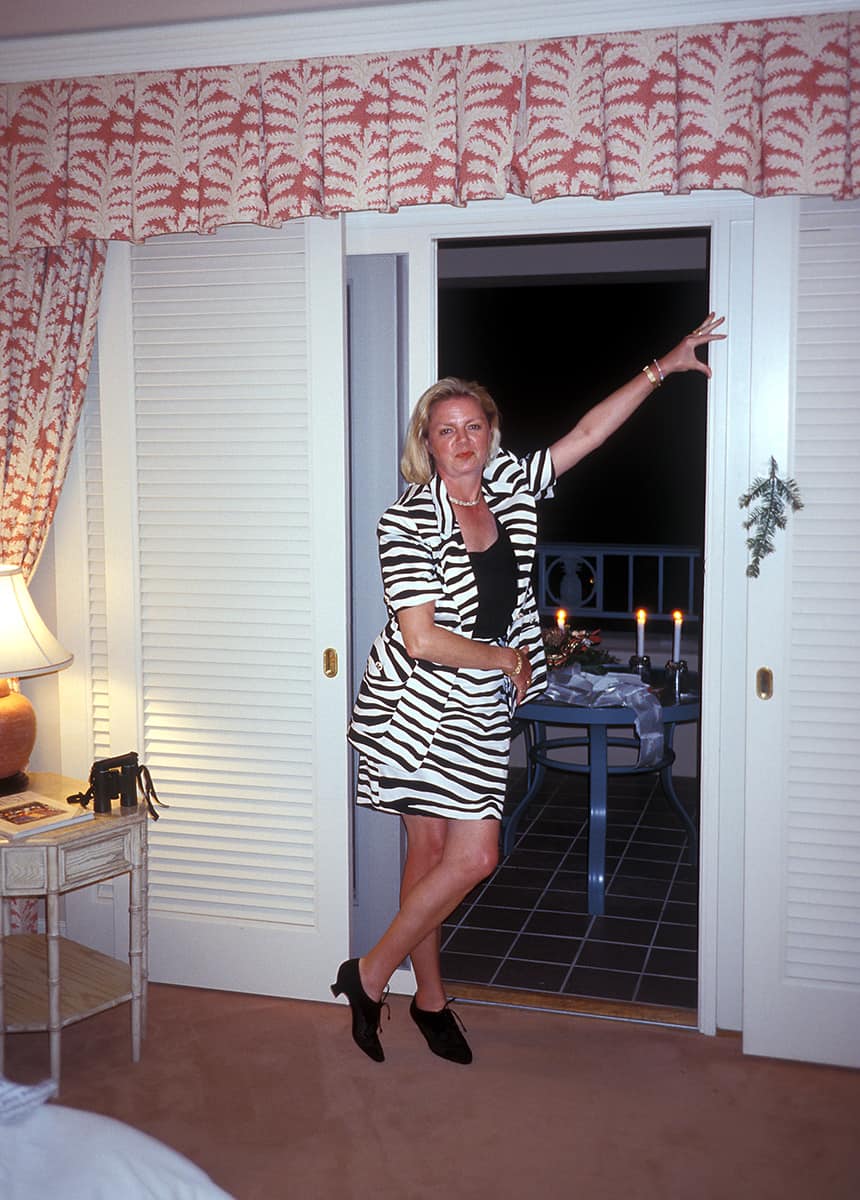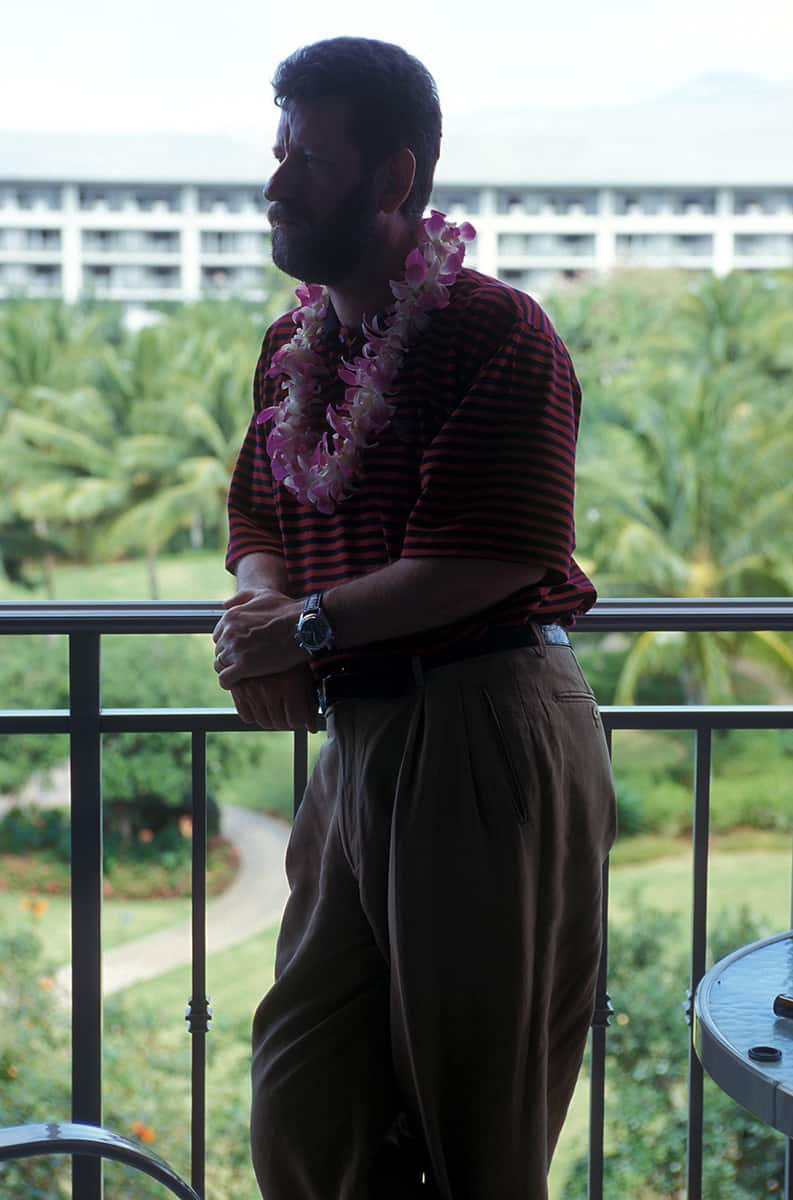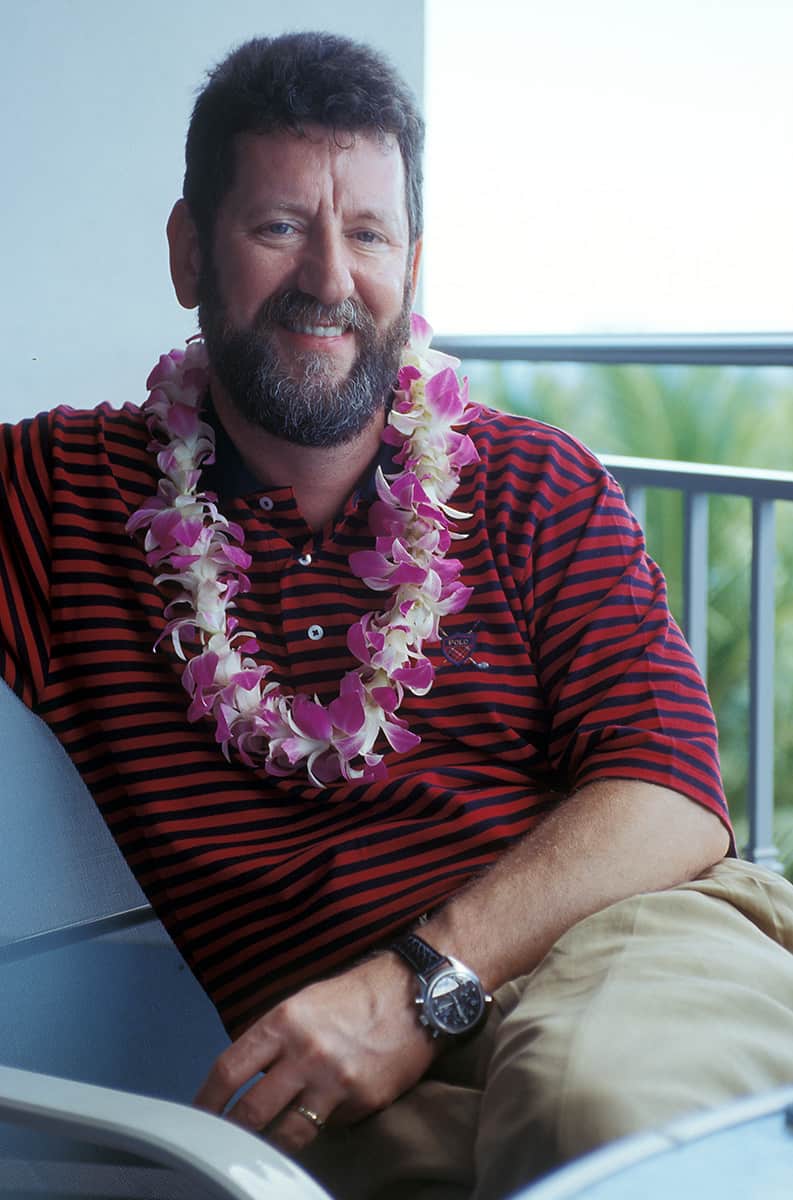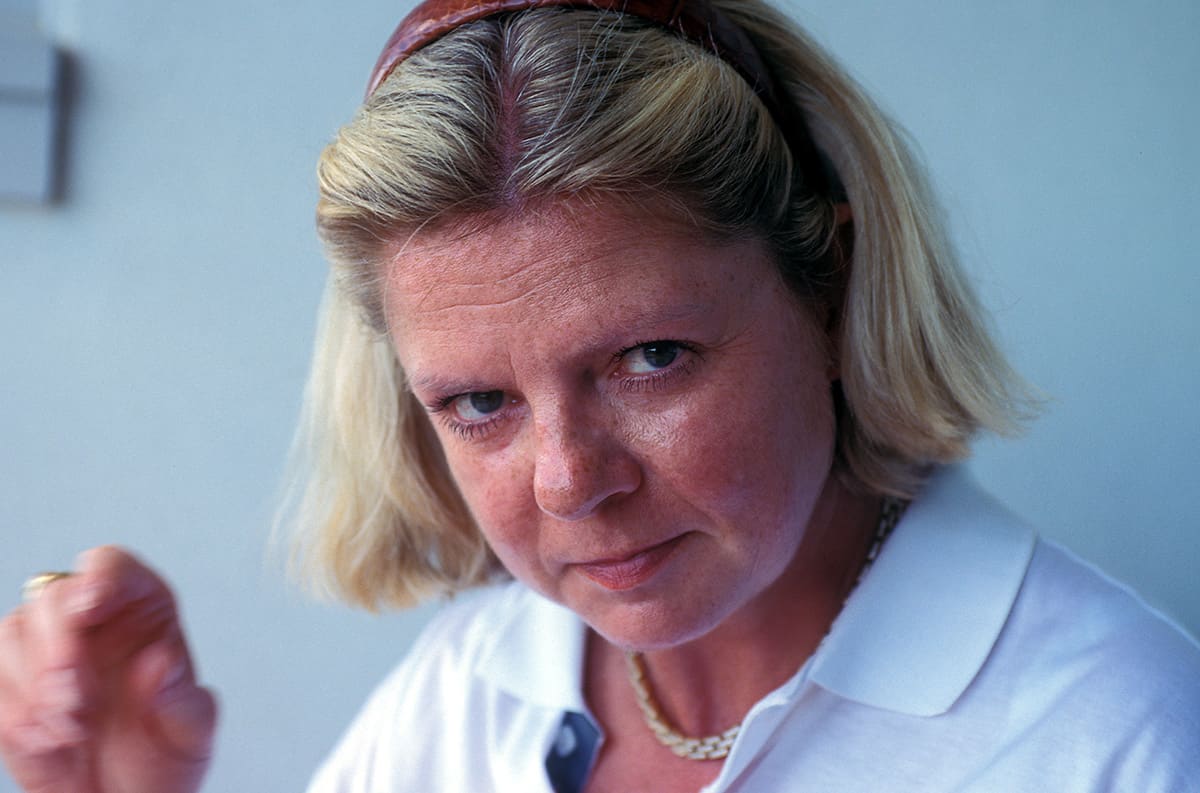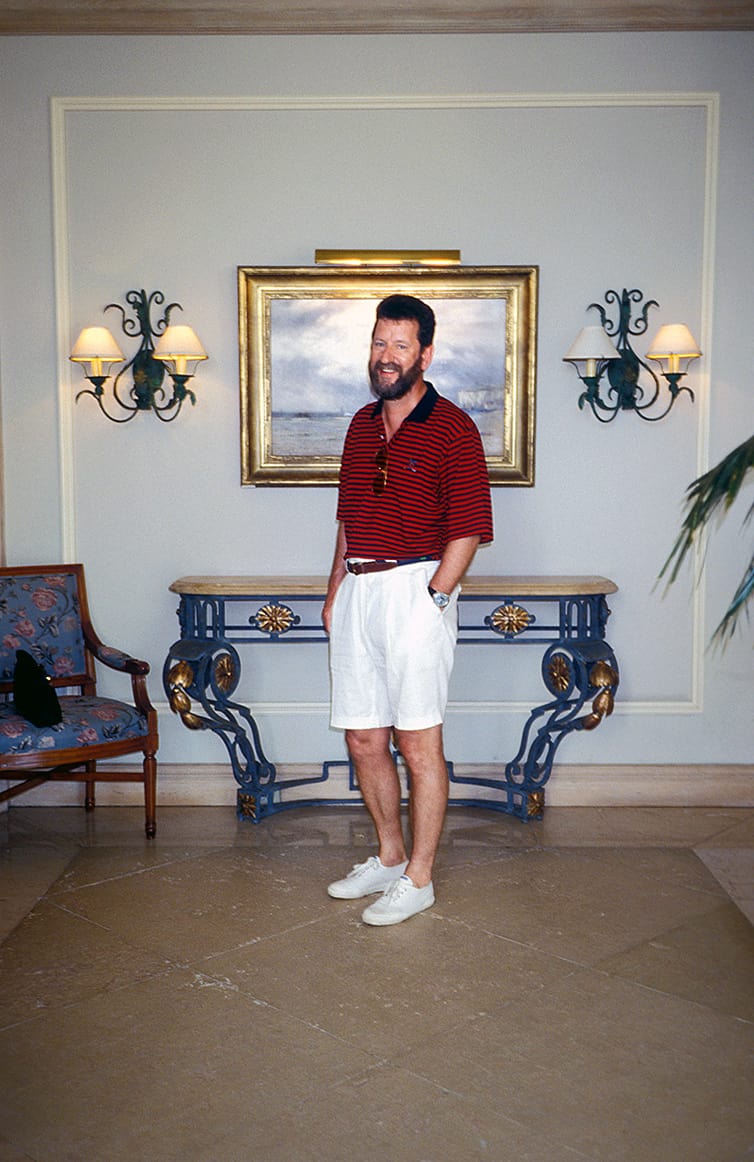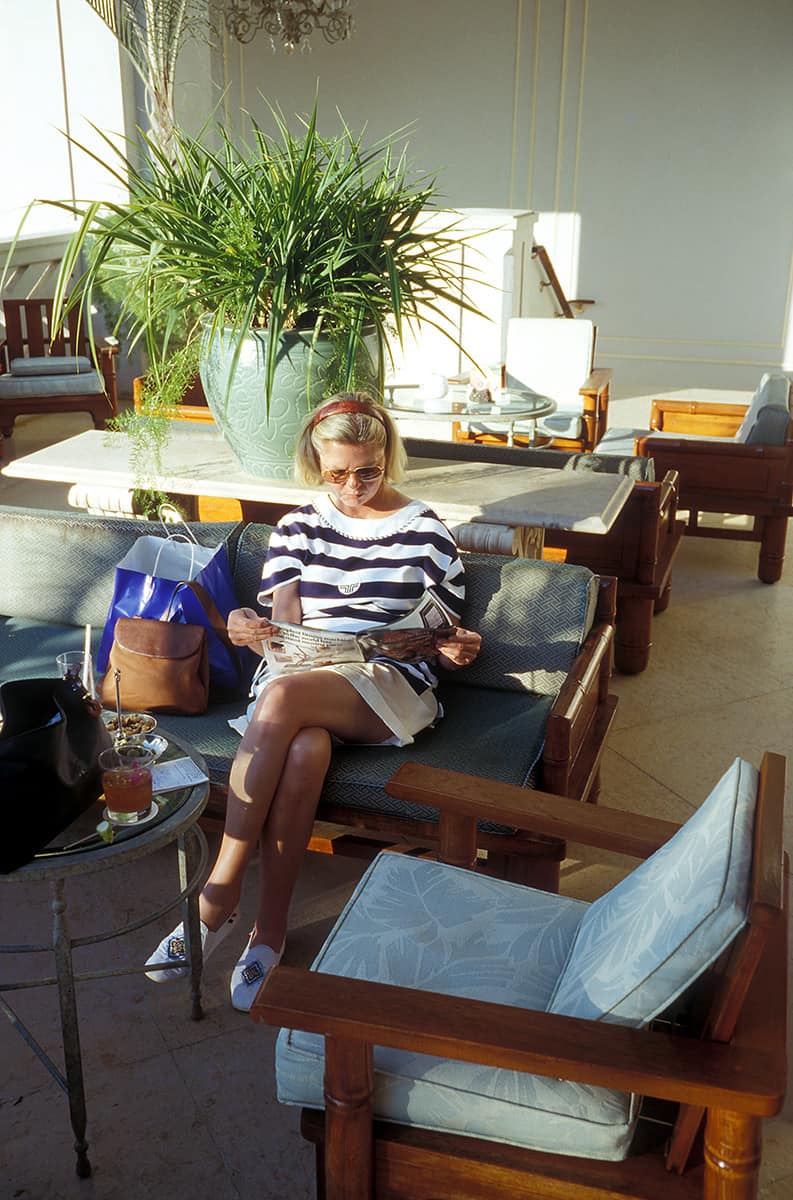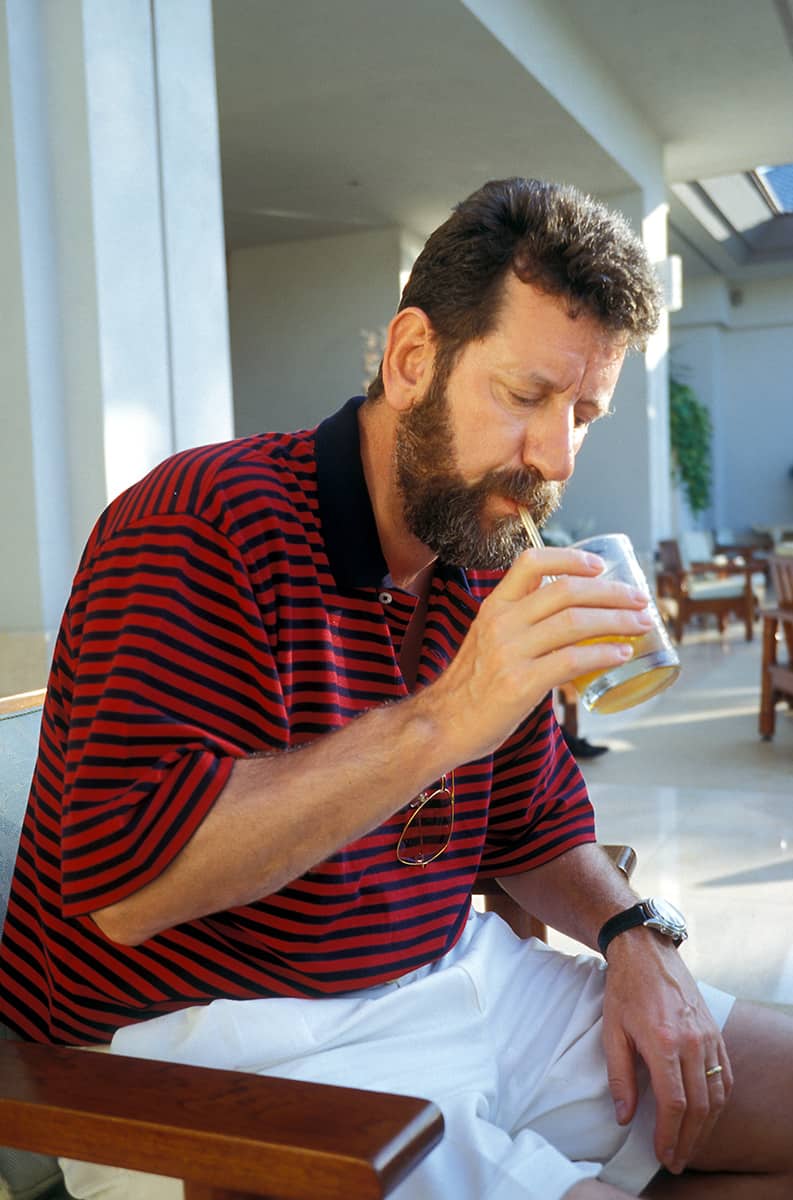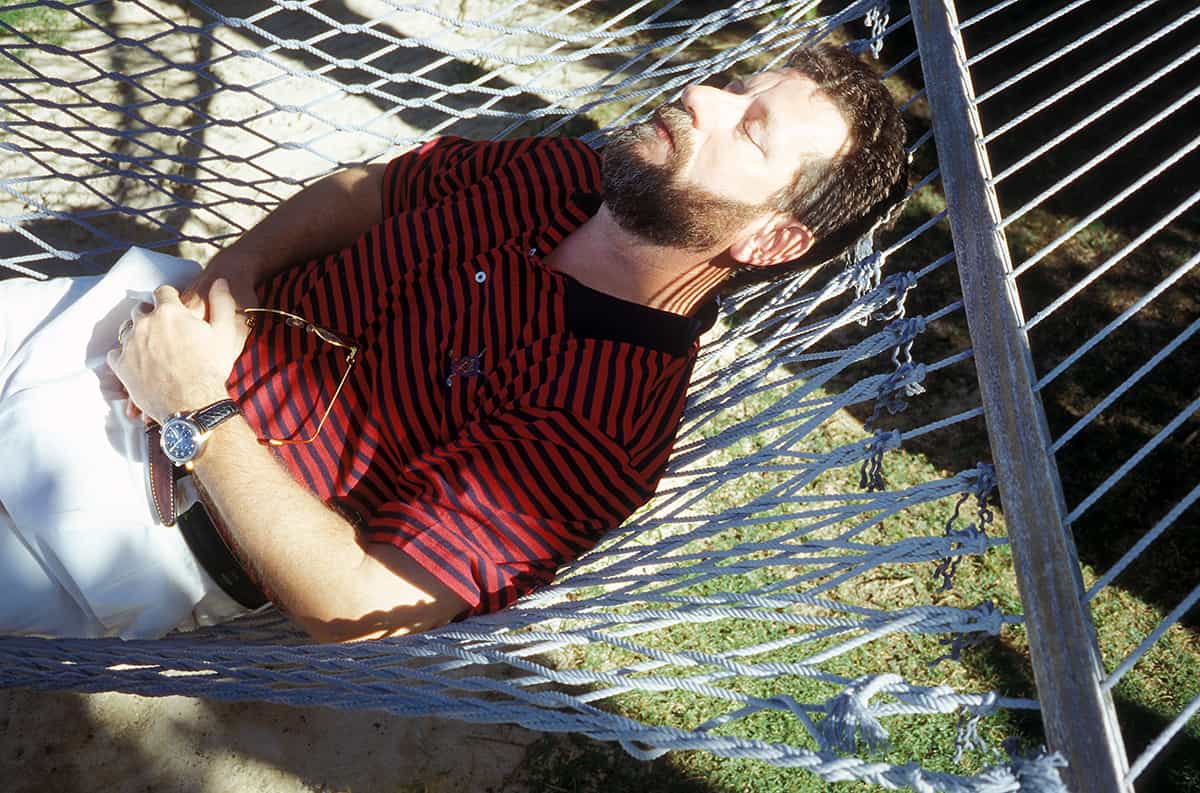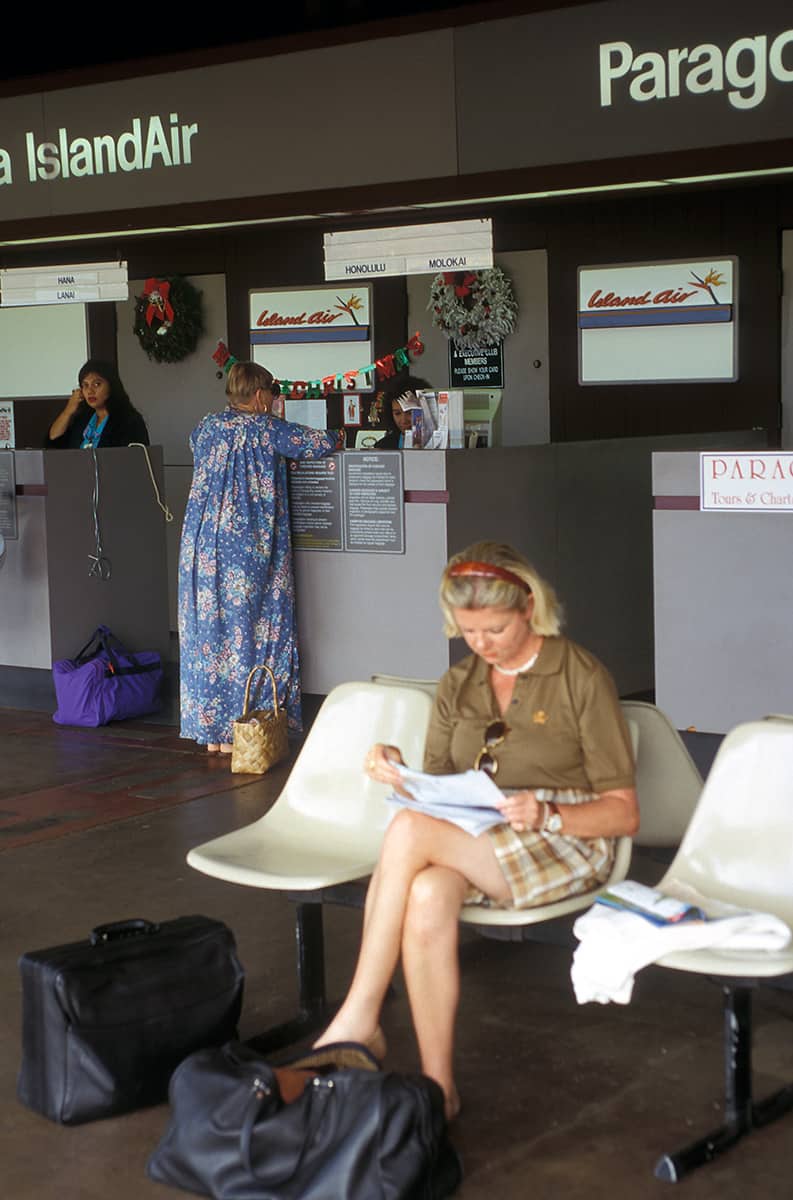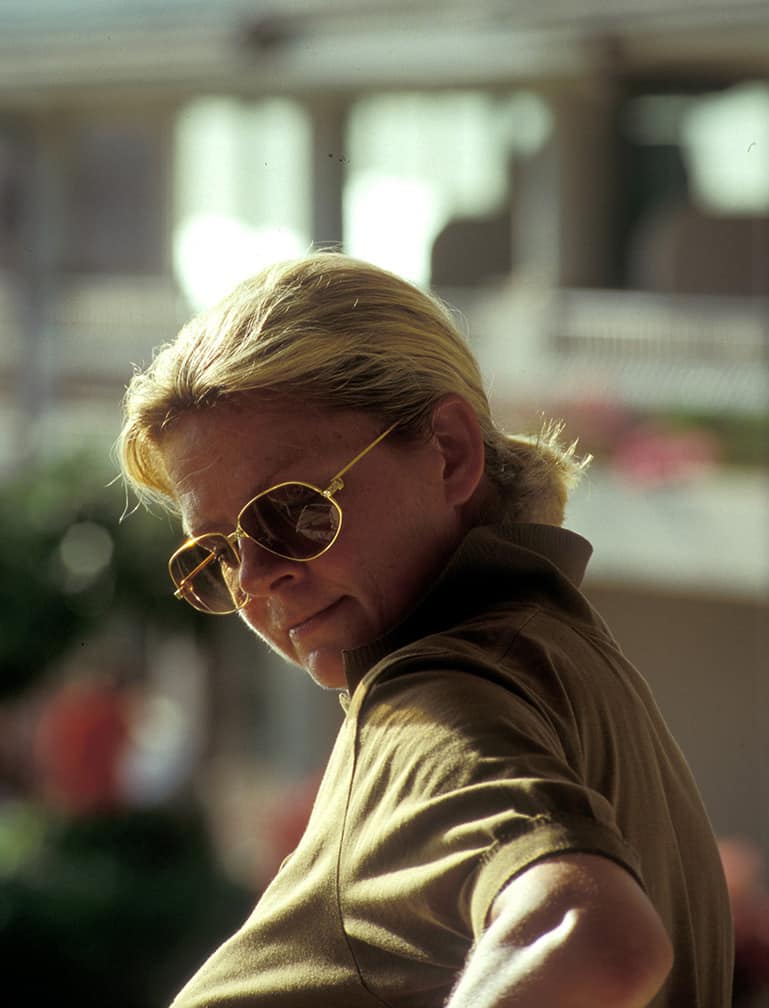Hawaii – Maui
Maui is the second largest island of the Hawaiian archipelago. Maui is divided by a broad valley into two unequal halves each surmounted by an extinct volcano. Maui has an area of 1888 square kilometers (compared to the Saarland with 2573 square kilometers) and is inhabited by 106 000 people. The main city and seat of the county administration is Wailuku. Its varied landscape is characterized by golden beaches, wooded mountain ranges with bizarre rocks, grasslands and wide plains. The highest point is the 3,055 meter high, dormant volcano Haleakala.
The daily average temperatures are between 21 ° and 25 ° C; the rainfall varies from place to place. The island was named after Maui, a demigod from the ancient Hawaiian mythology. Maui’s deeds are handed down in historical songs. Legend has it that Maui hauled the islands of the Hawaiian archipelago out of the Pacific with a giant fishhook.
The island has a diverse history of settlers. When Kamehameha I united all the Hawaiian Islands in his empire, he made Lahaina his capital in Maui in 1802. Missionaries and whalers soon arrived here and divided the island into two camps. The end of whalers came with the US Civil War of 1860 and the rise of the petroleum industry. A large part of the agricultural area of Maui was planted with sugar cane and workers were brought in from Asia. The island developed into a peaceful agricultural area with a special charm and rustic beauty. The booming tourism made sure that today’s visitors can experience the charm of the island in a variety of ways.
The smaller West Maui offers very well maintained tourist facilities in style and quality. Here is also the sleepy capital and the former whaling station Lahaina with the biggest attractions, the floating whaling museum in the harbor. We find Maui’s landscape is the “Hawaiian” of the whole island world. In addition, the beaches are the most gorgeous in the archipelago. Maui has a great variety of landscapes, from rocky sandy coves to beautiful valleys with rushing waterfalls, rainforests and lush plantations. Everything seems to thrive here, what tropical plants and fruits are. Over the whole scenery rises the mighty volcano Haleakala (3057 m) with its cold craters. Cattle herds graze on its slopes. The huge crater landscape can be walked or hiked on horseback.
If you stay up in a cabin or drive up the winding road to the summit in the morning, you can experience a Hollywood-style sunrise. The volcanic landscape with its unique ecosystem features vast rainforests, deep gorges and rare birds. The center of the park is the 4 kilometer wide and 12 kilometer long Haleakala crater.
One of the most beautiful places on Maui is Wailua. Below the Wailua Falls, the clear water flows through seven pools (“Seven Pools”) and then flows into the open sea. At the same time, it is also a popular bathing place. Maui is the cheapest spot in Hawaii for whale watching tours. Every year from November to April humpback whales gather in the warm waters off the coast. The adult animals are more than 13 meters long and weigh more than 40 tons.
The Iao Valley is today a charming natural park in the rainforest, but once Kampfort in the conquest of Maui by Kamehameha I. Also worth seeing is the Ahihi-Kinau Natural Area Reserve. Particularly impressive is a tour along the scenic coastal road to the Hana Valley. The Oheo Stream and the Seven Pools with their natural rock pools and clear water are also worth a visit. Botanical Garden Helani Gardens is well worth seeing for botanical visitors, while the Kepaniwai Heritage Garden is dedicated to Hawaiian cultures. Lahaina is a bustling, quaint little town with museums and historic sites, shops, cafes and art galleries.
Other contemplative provincial towns are the artist colonies of Makawao, Ha iku and Kula on the slopes of Haleakala. The beaches in front of Molokini (for snorkeling), the Paia Beach (a world-class windsurfing area) and the Hookipa Beach (windsurfing) are attractive for sporty orients.

